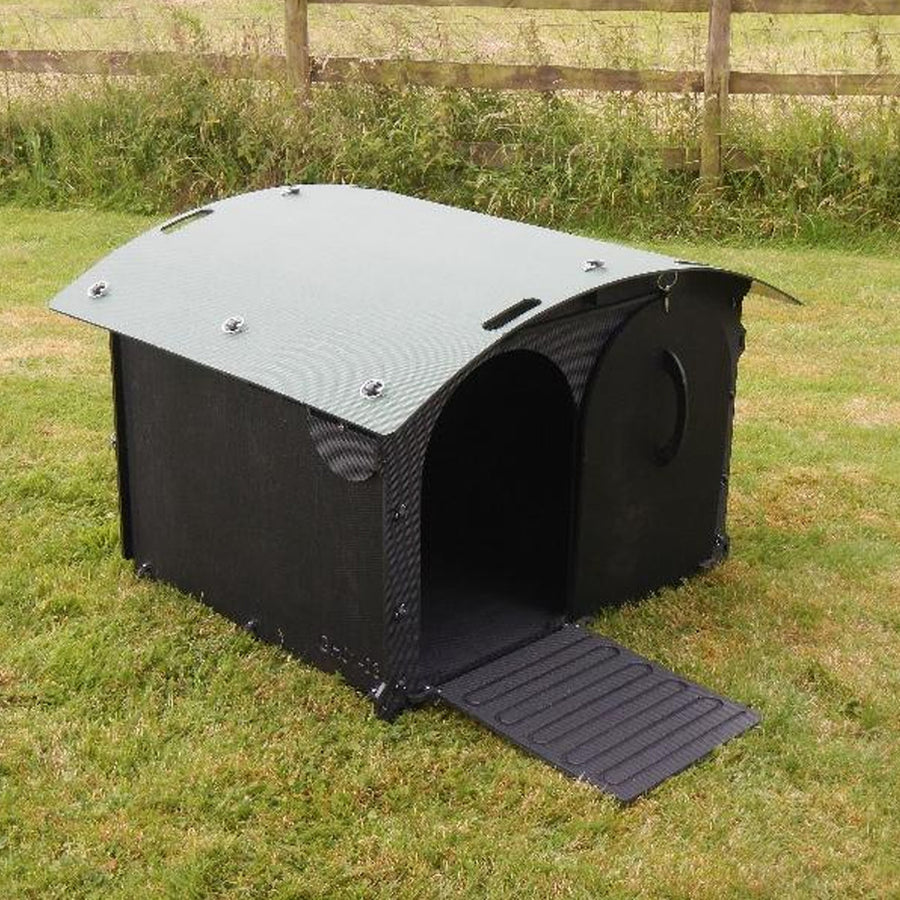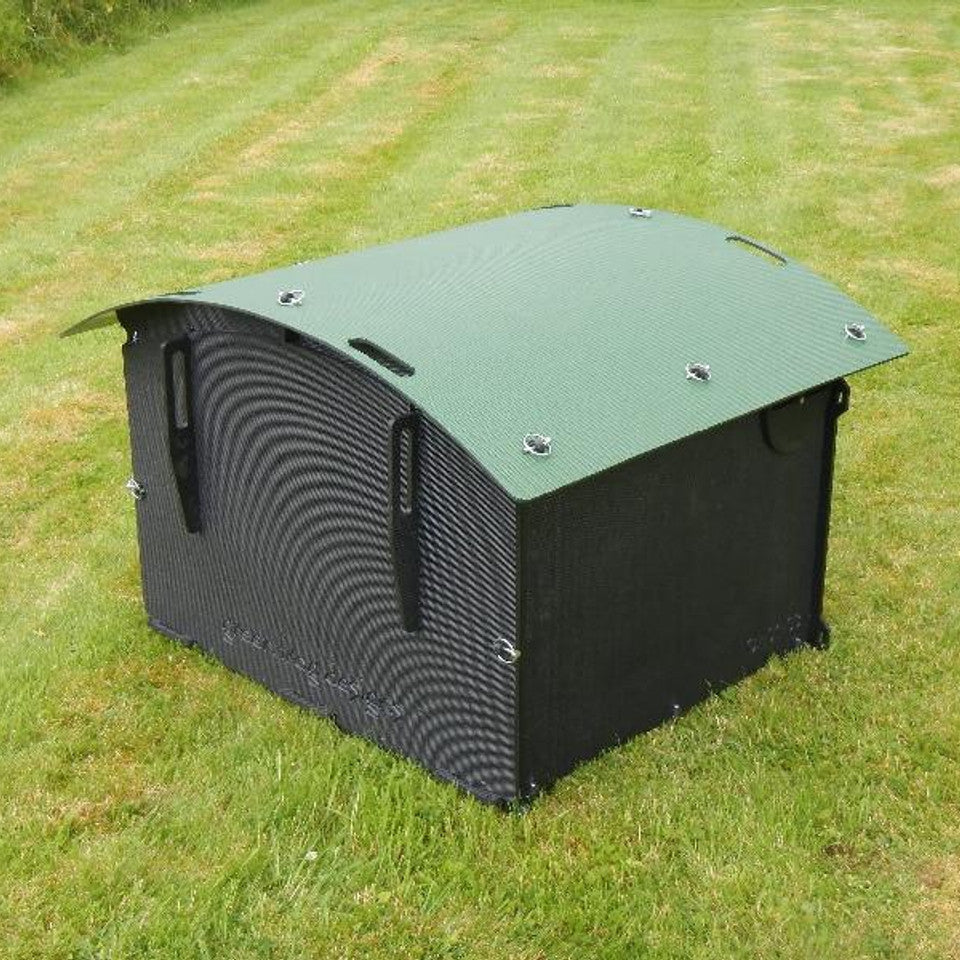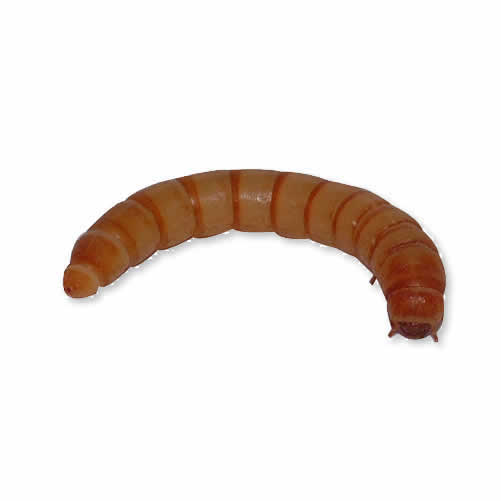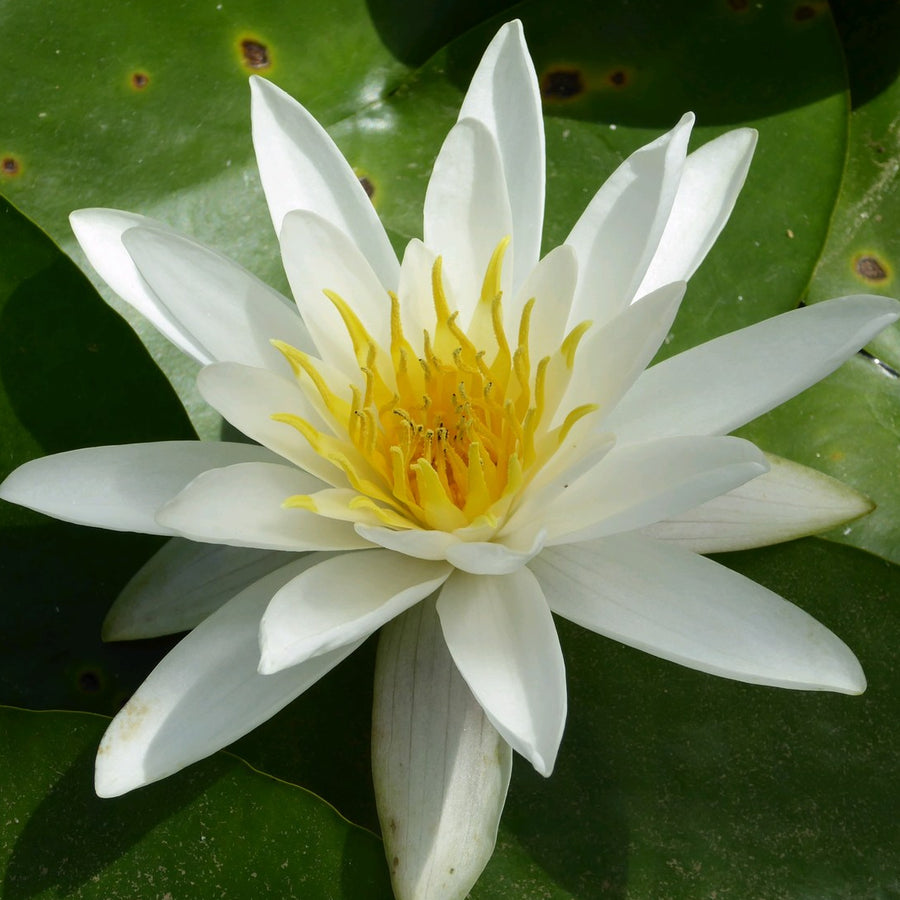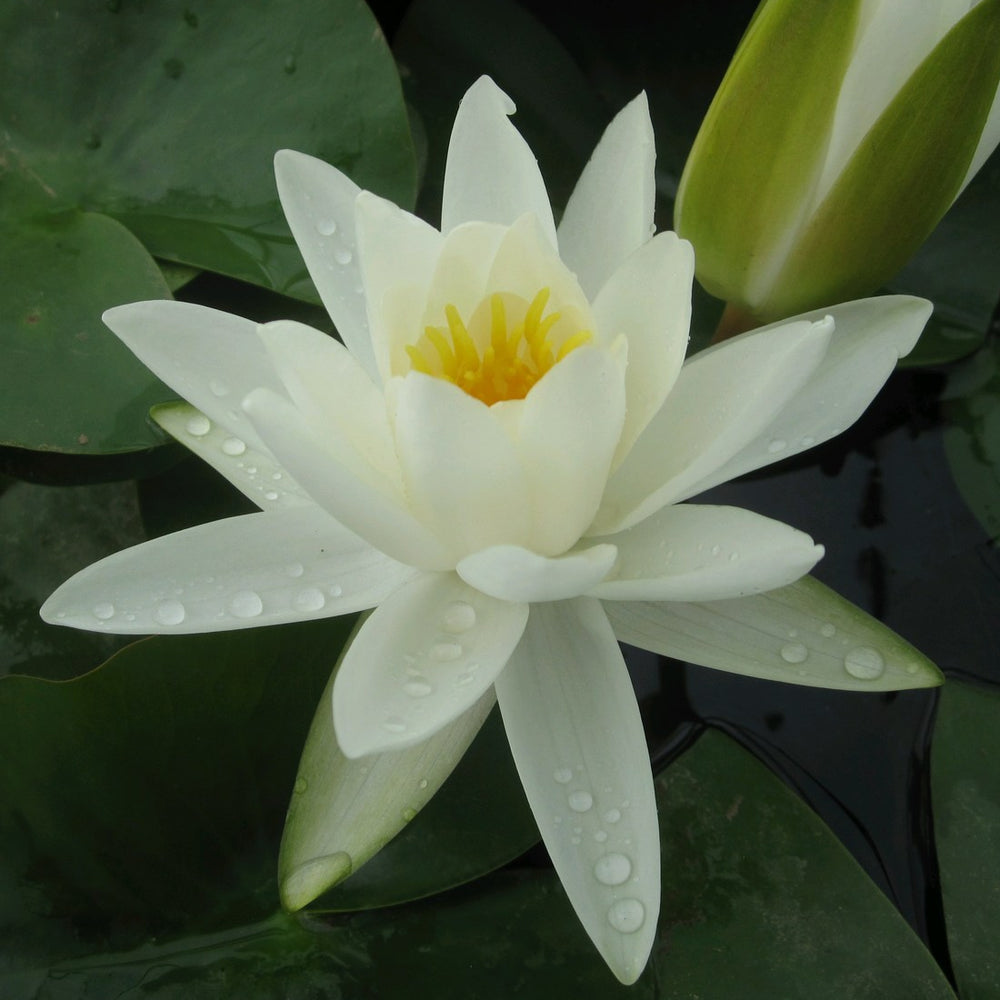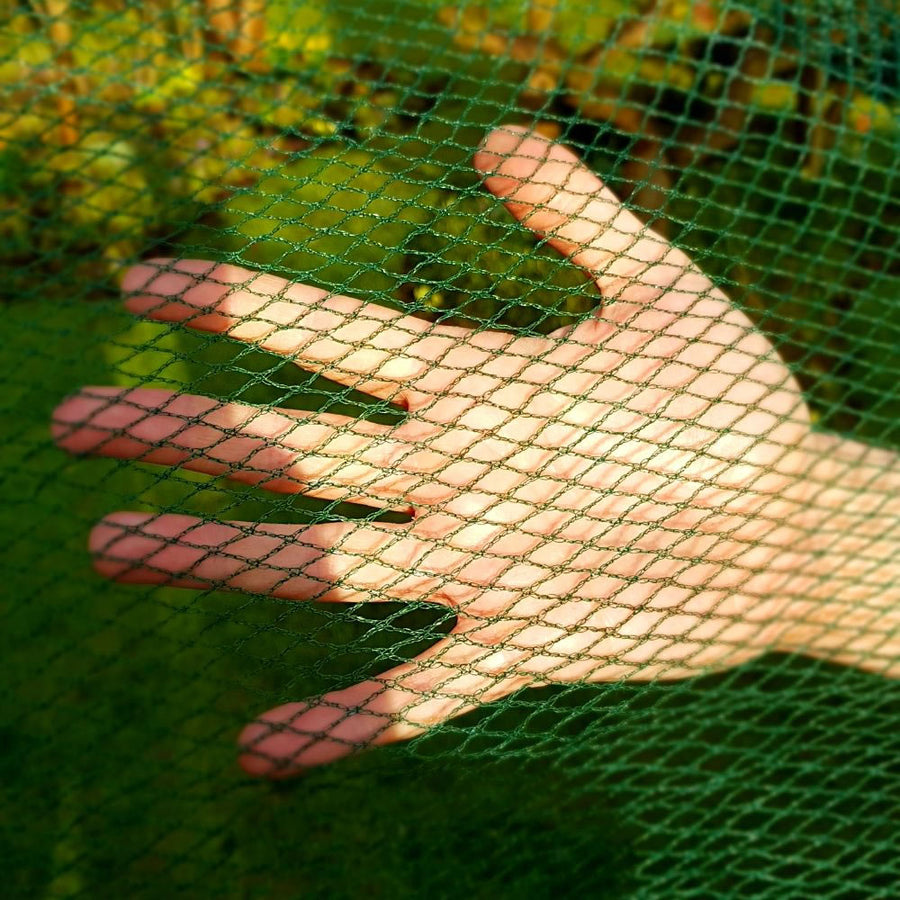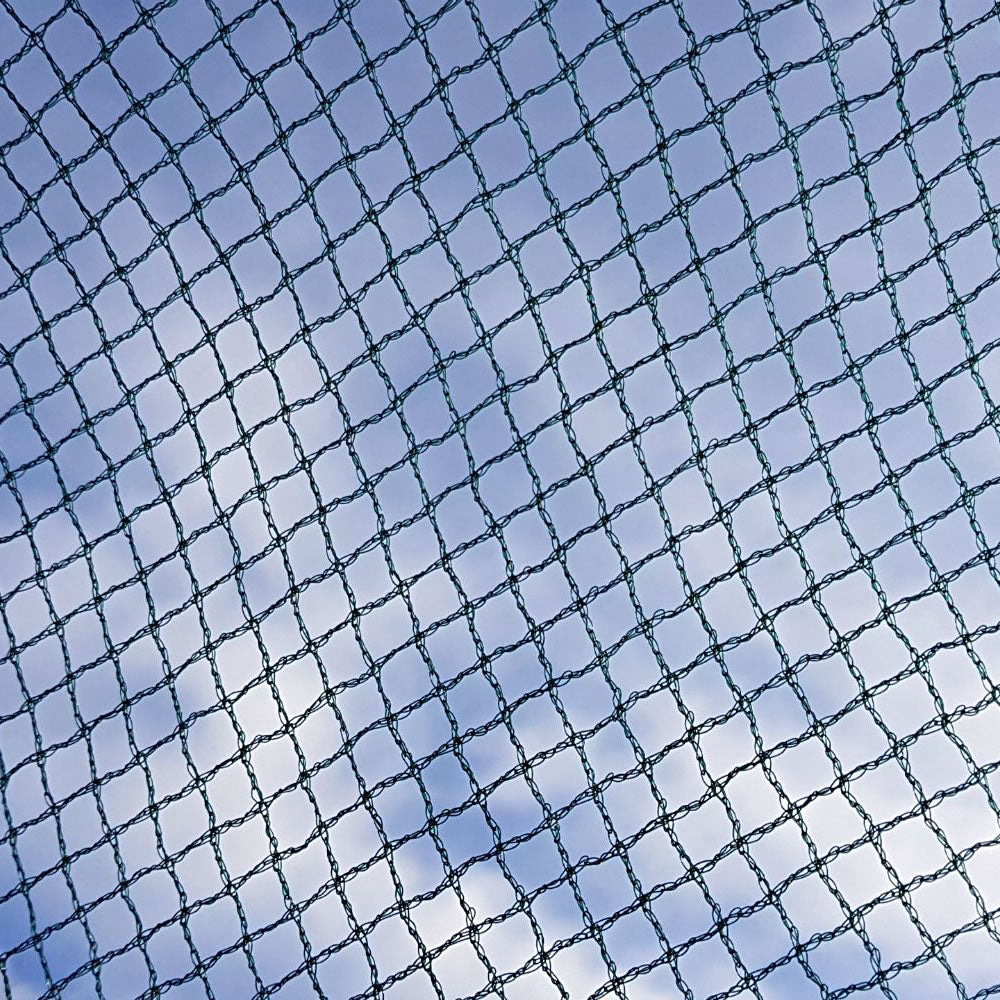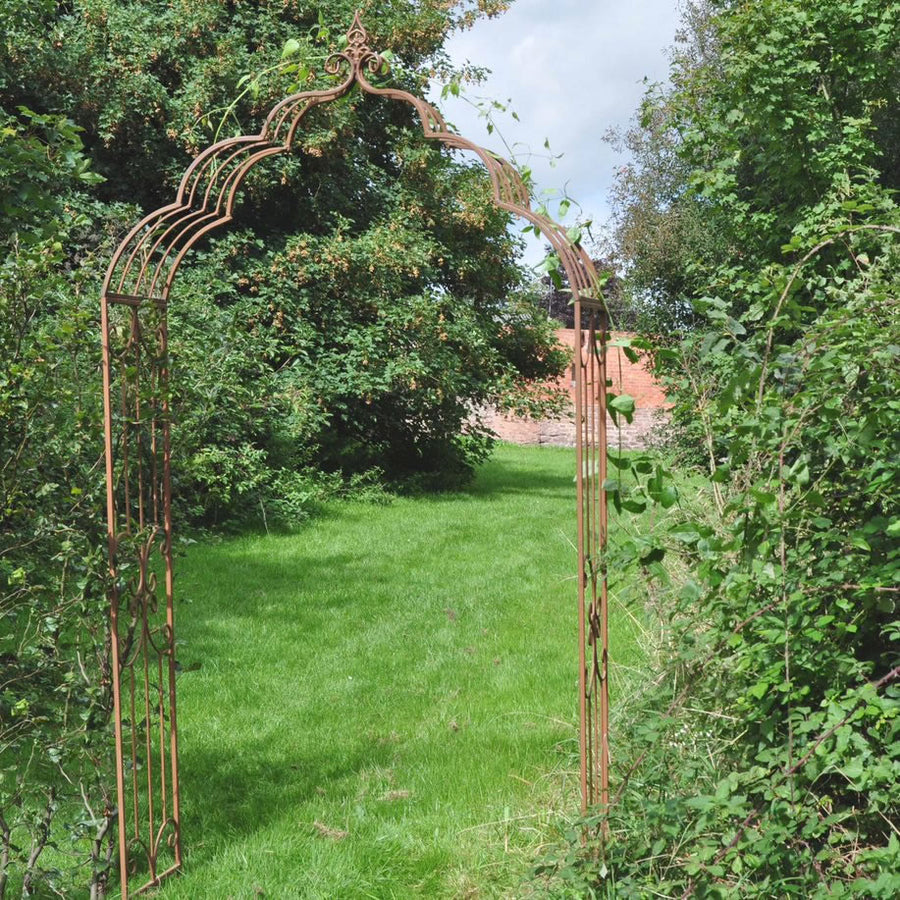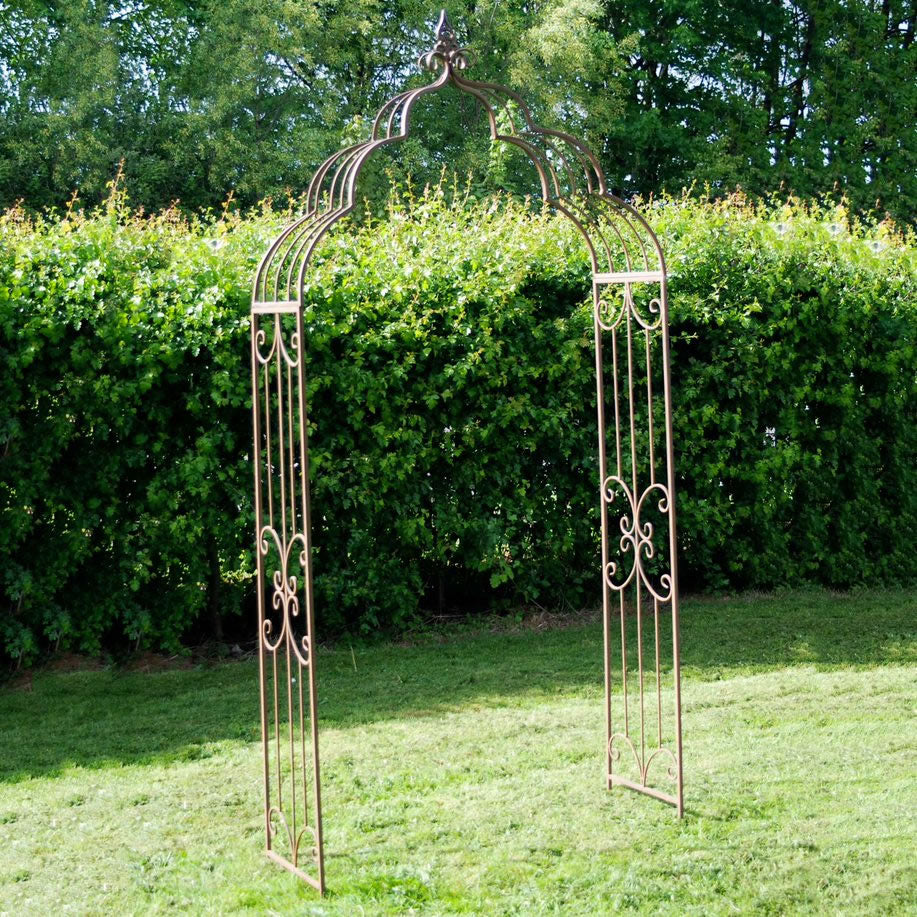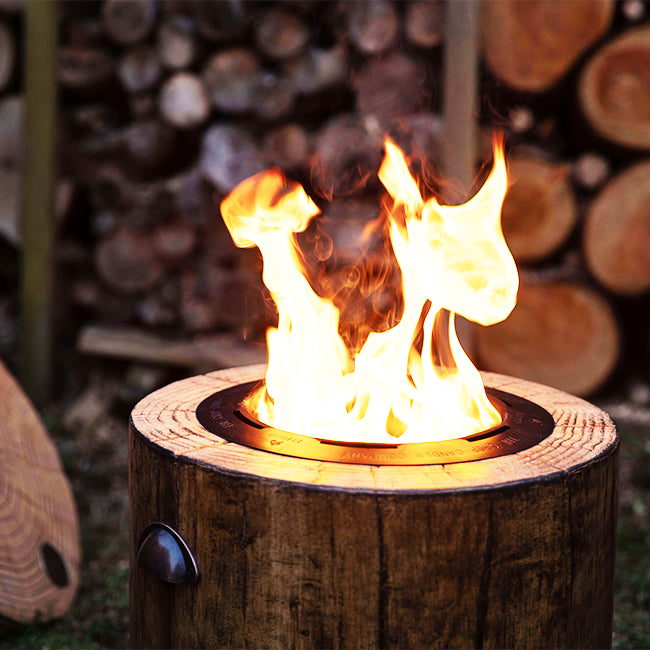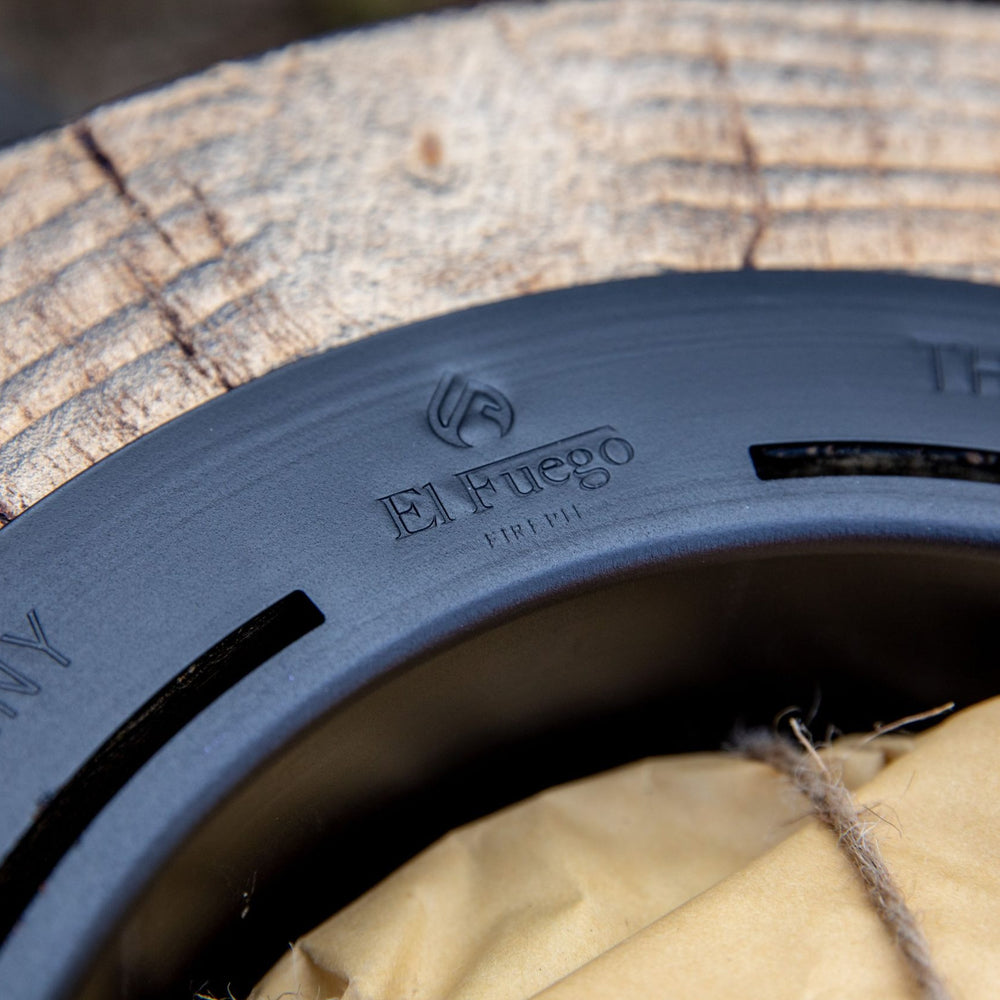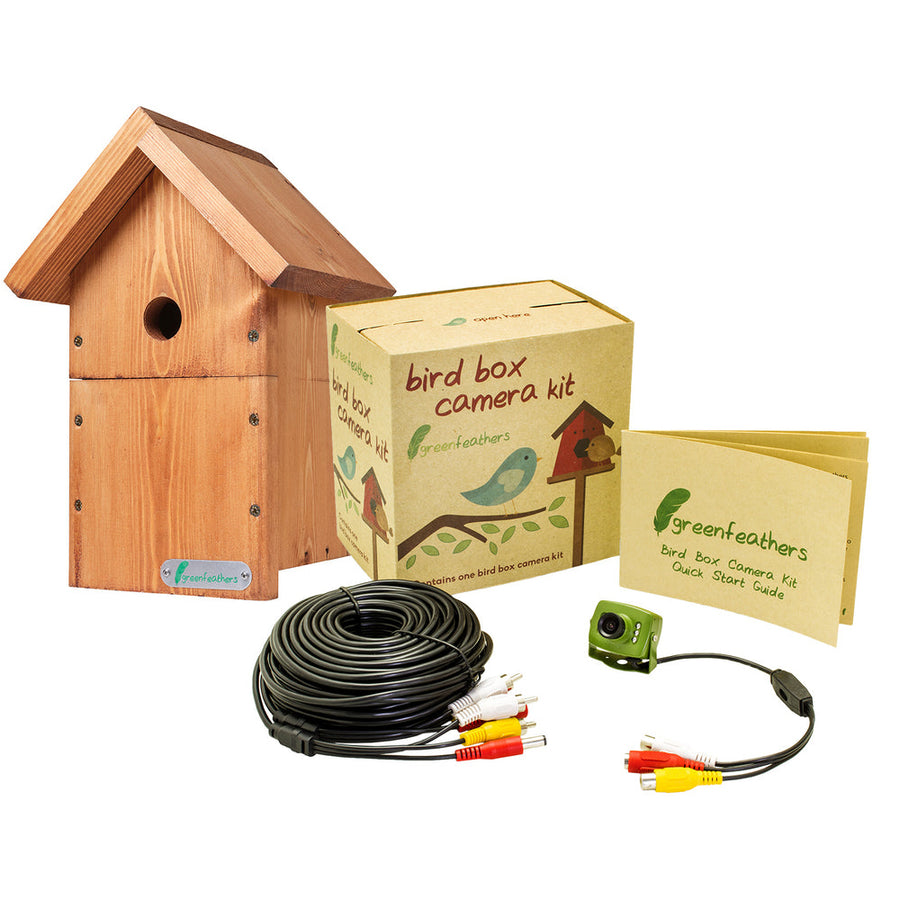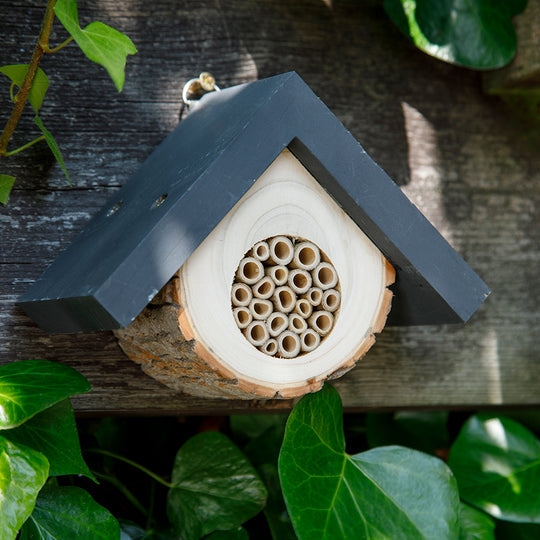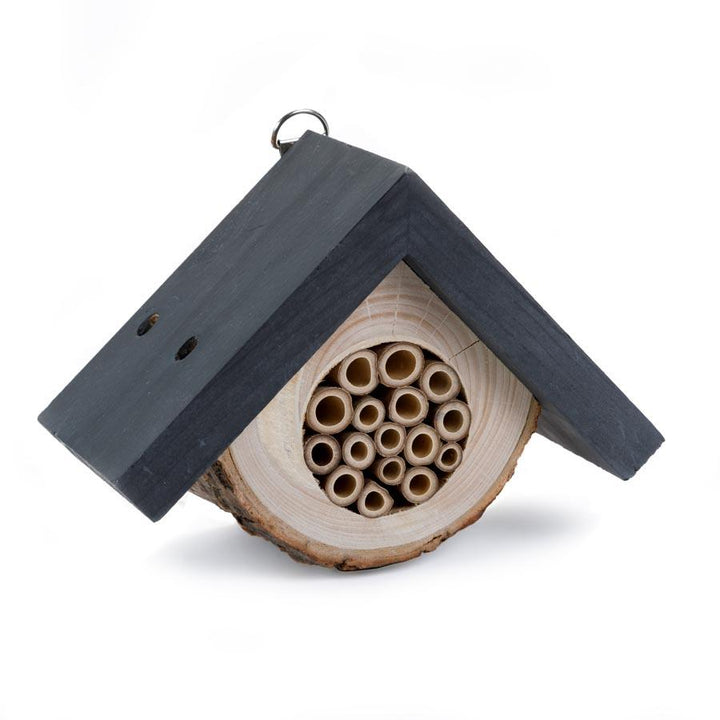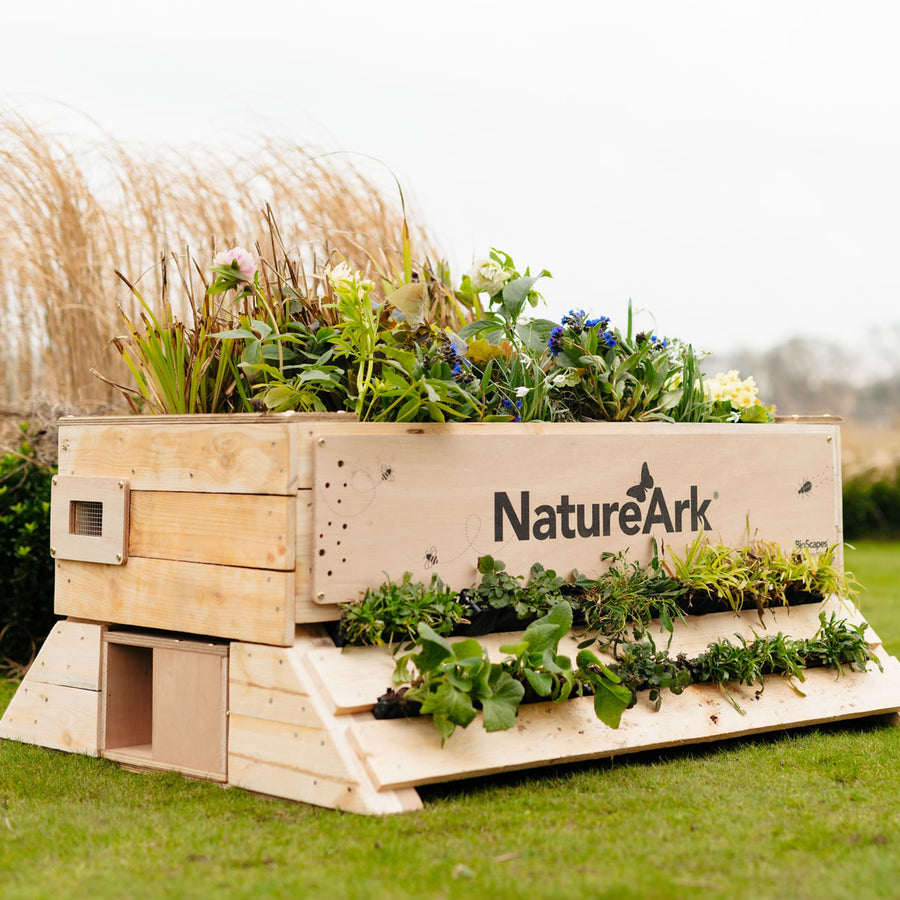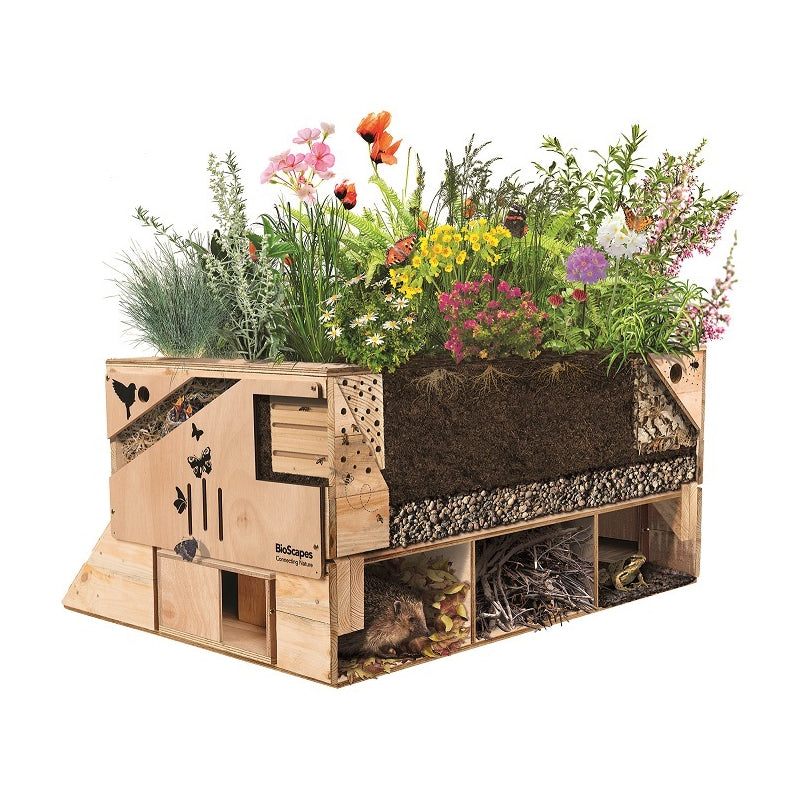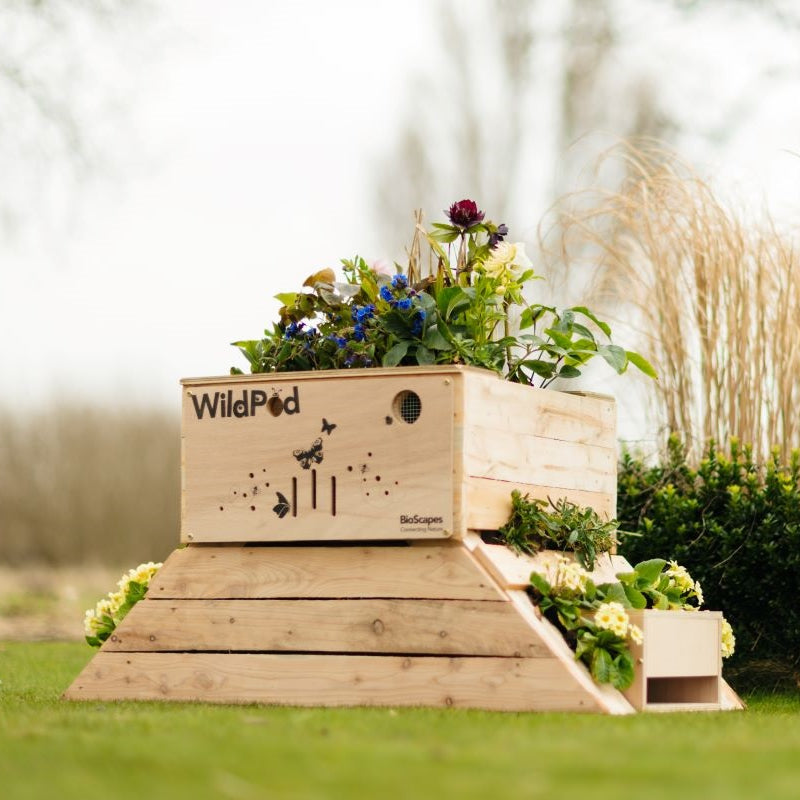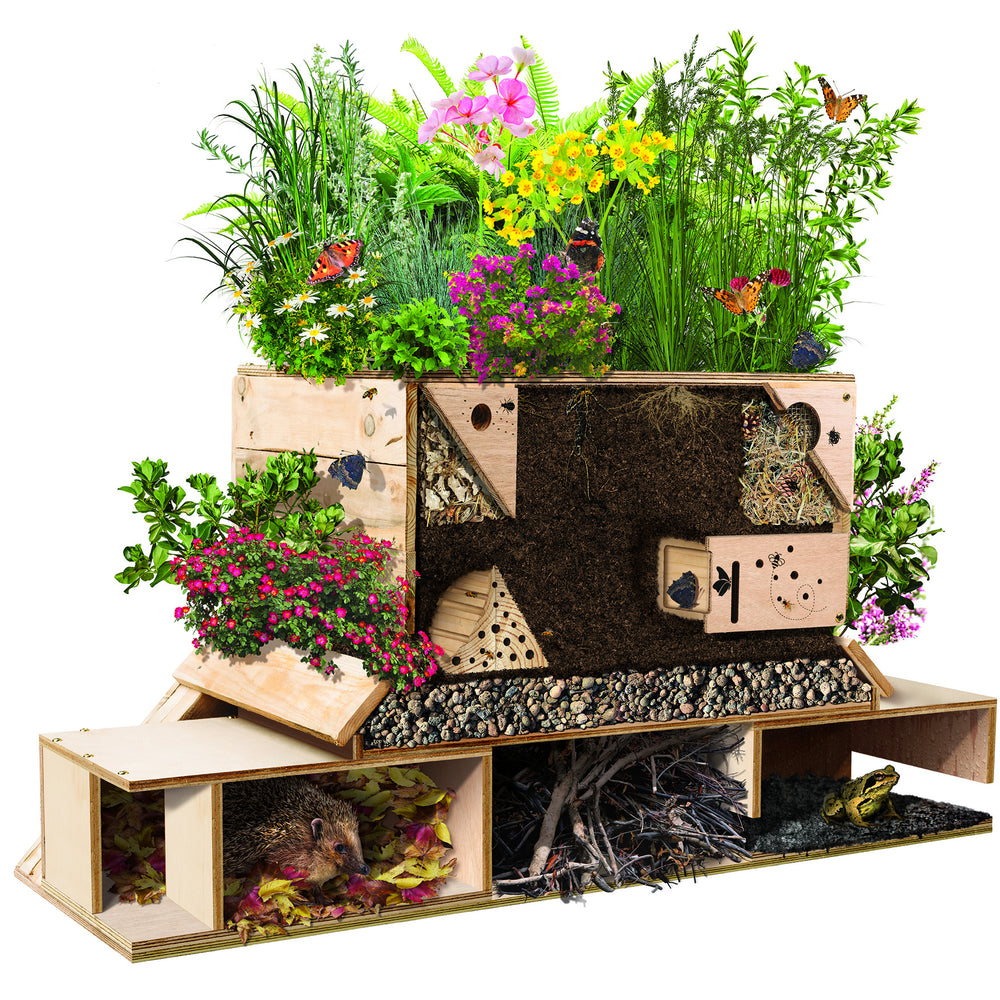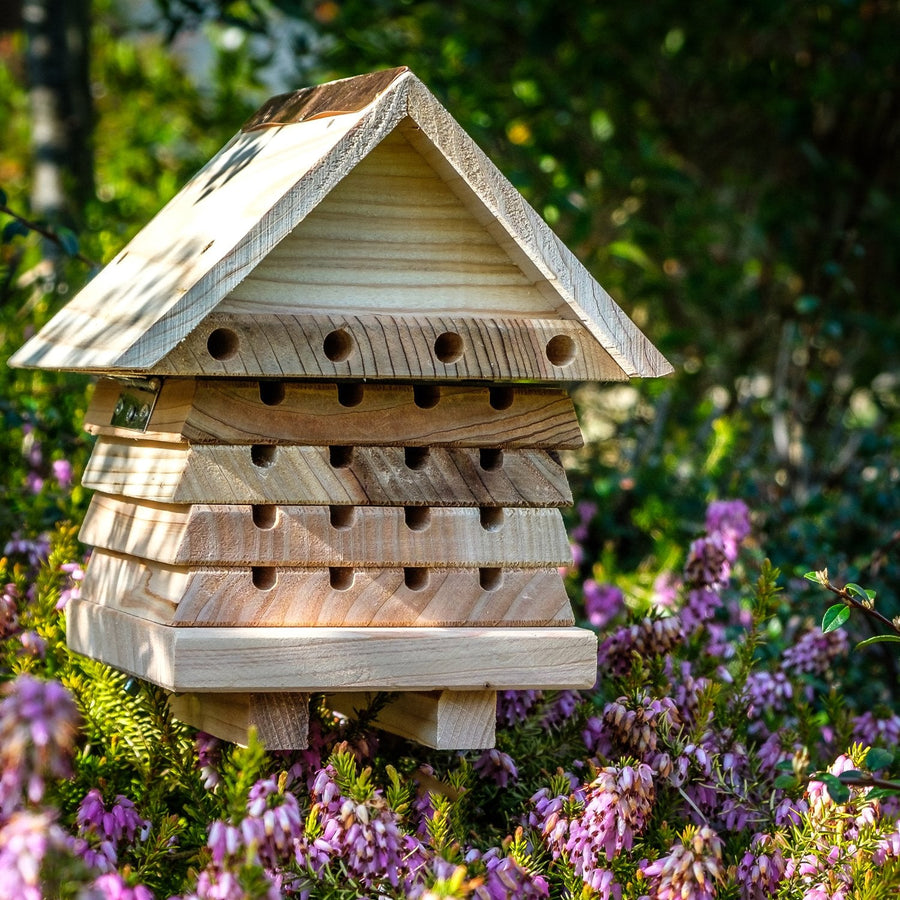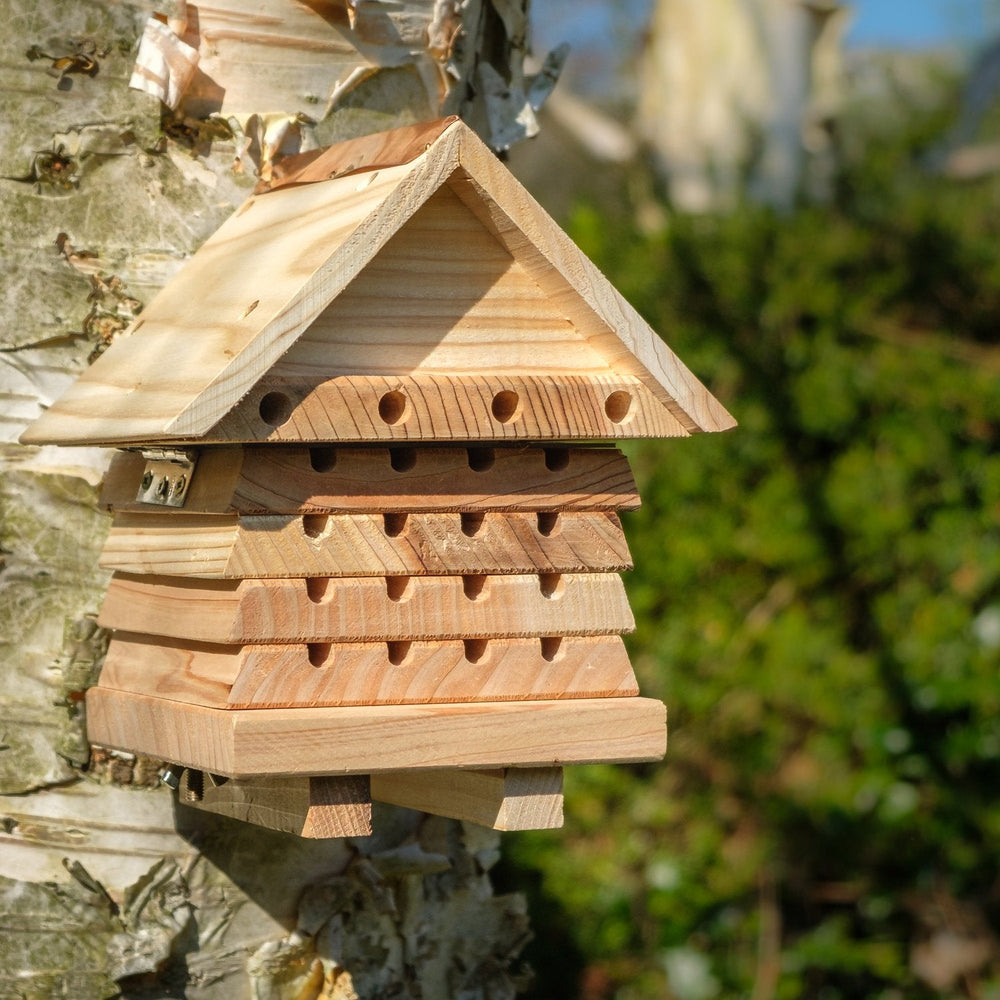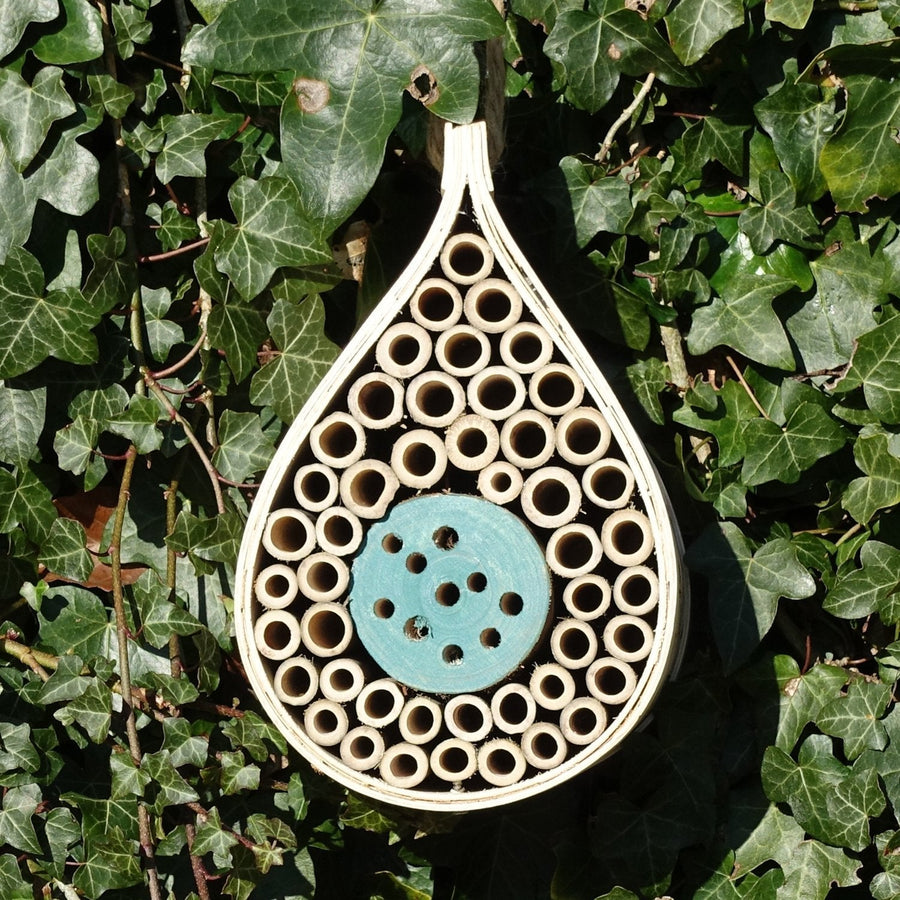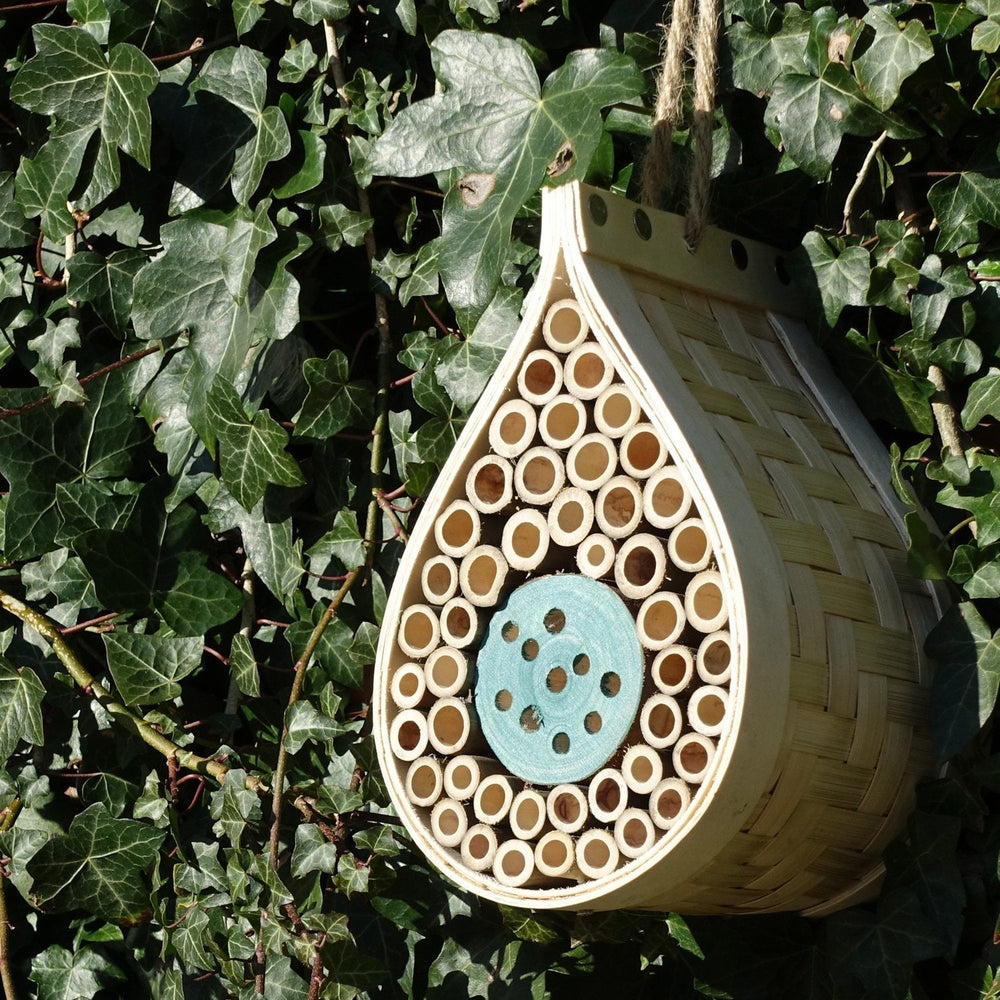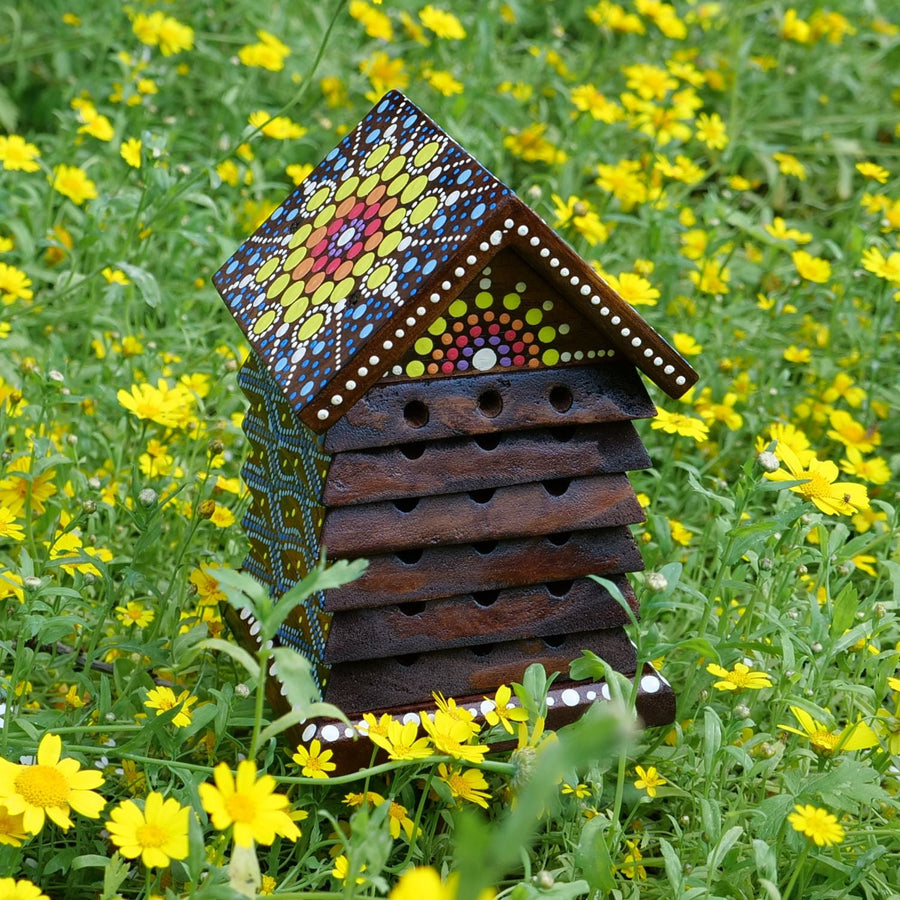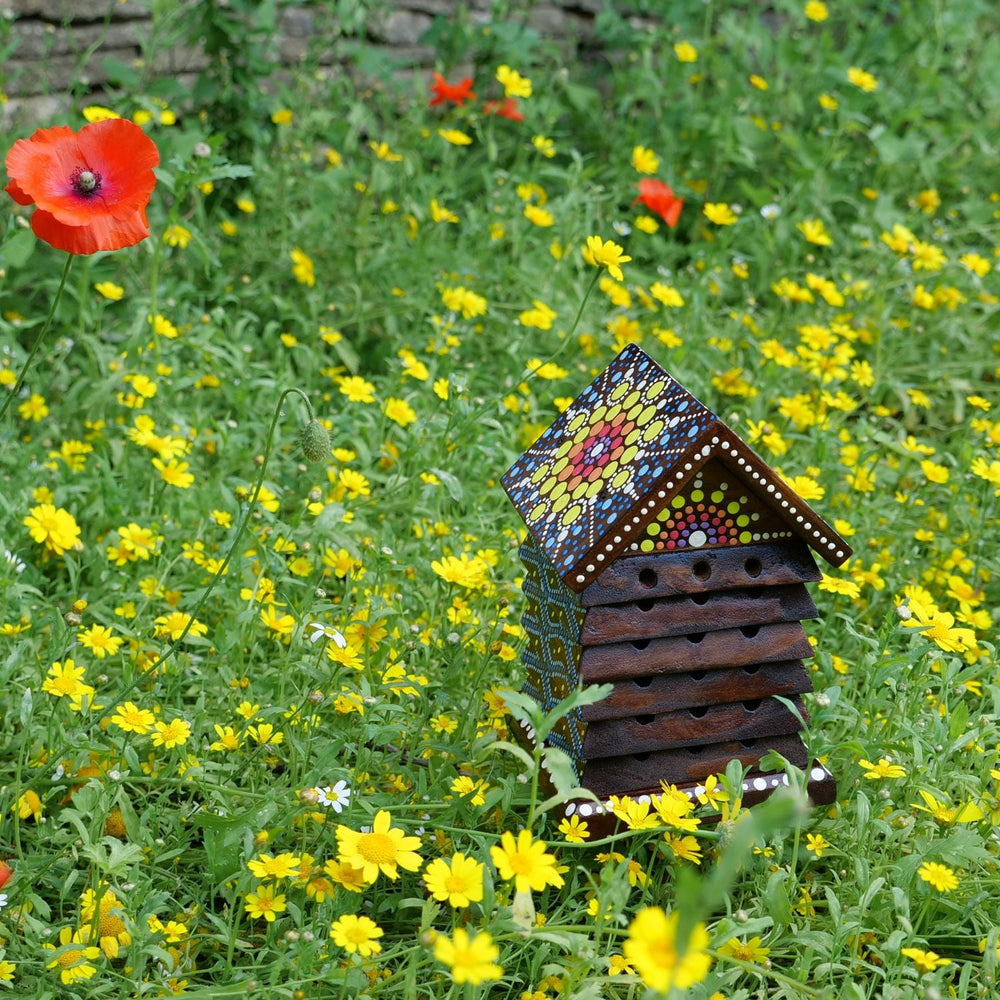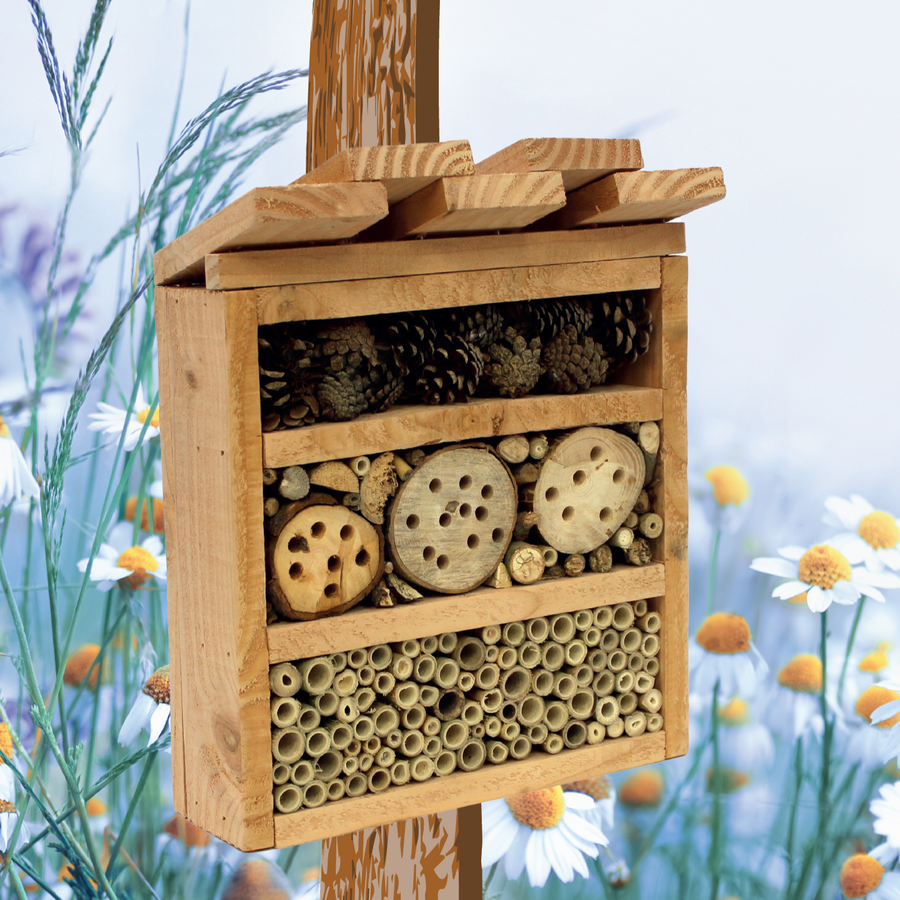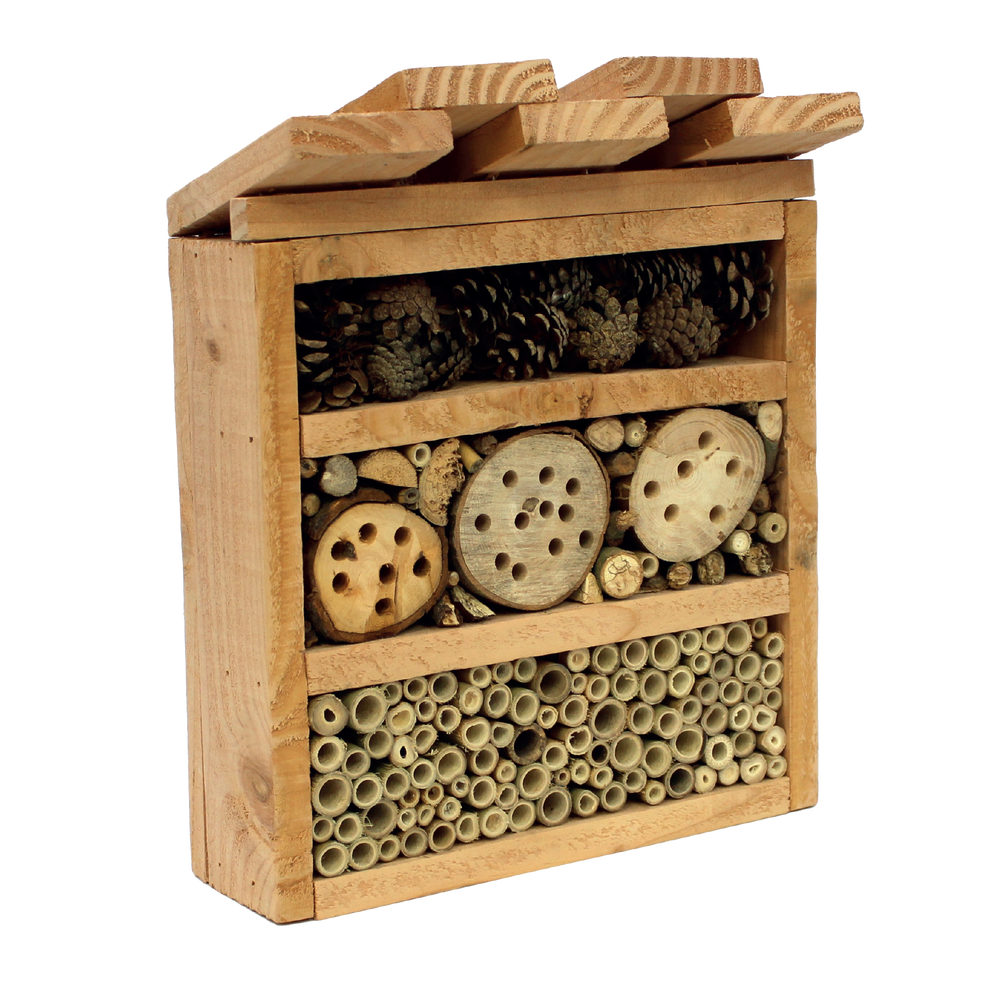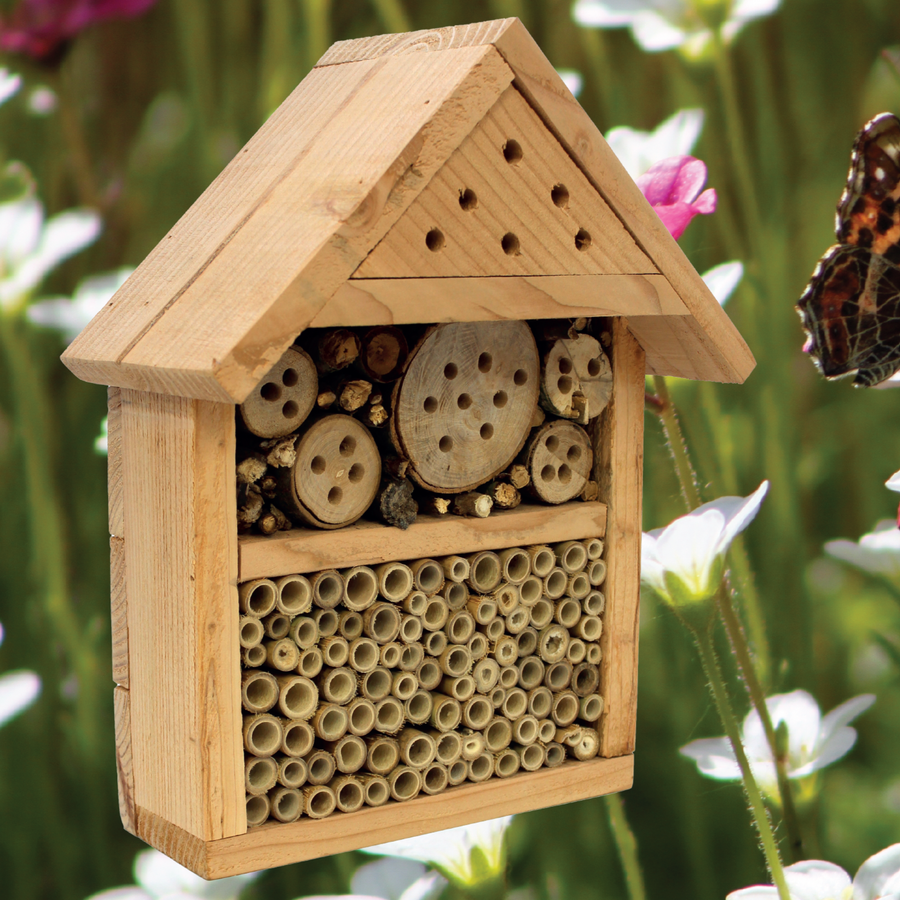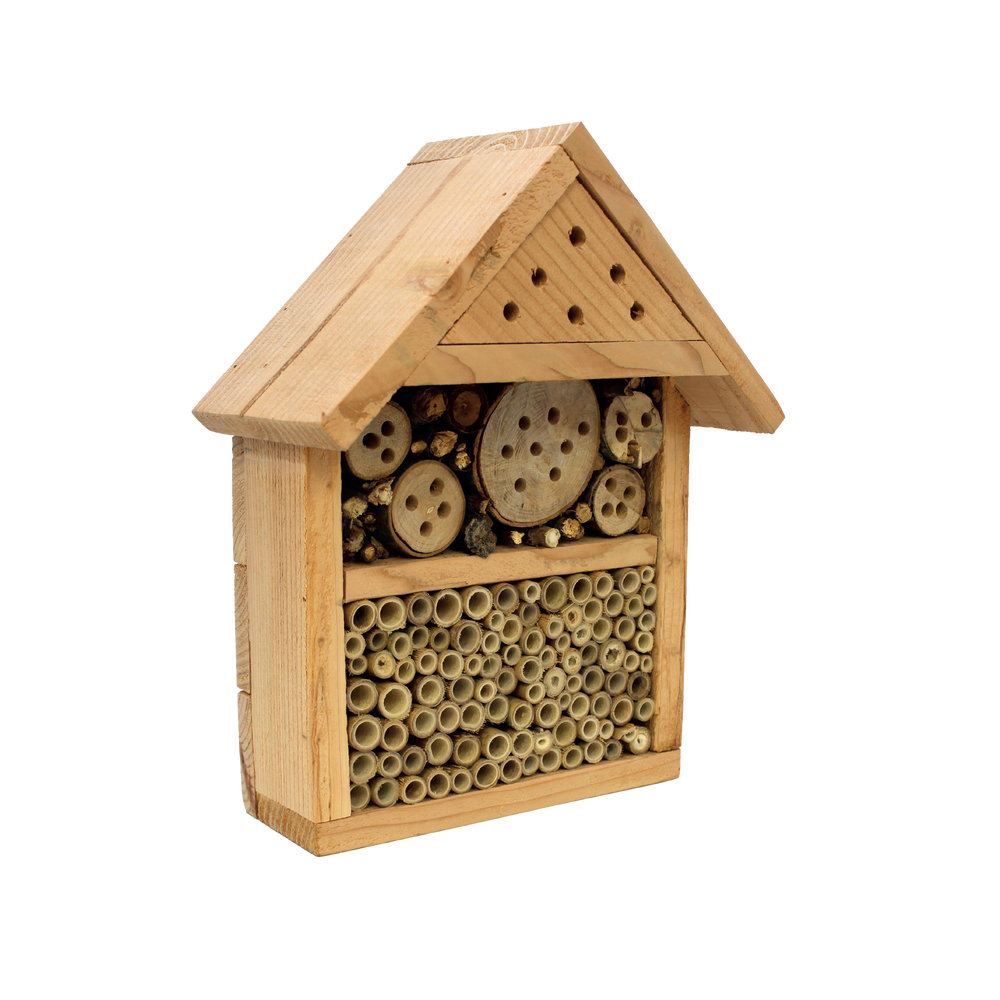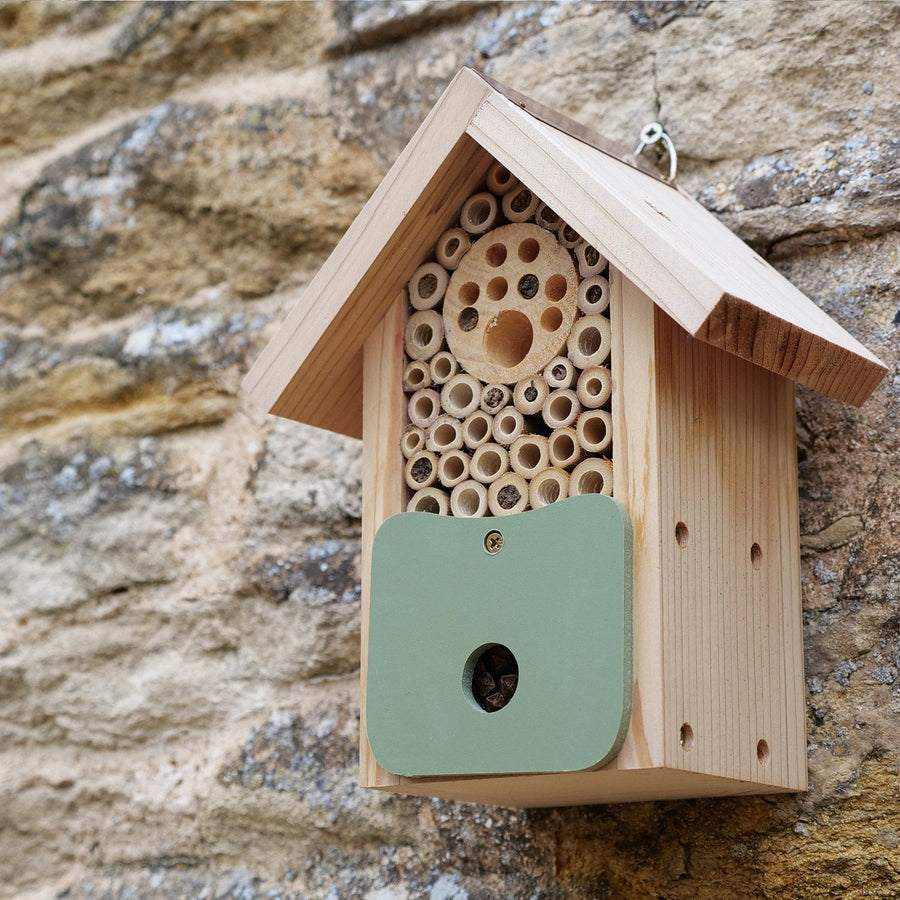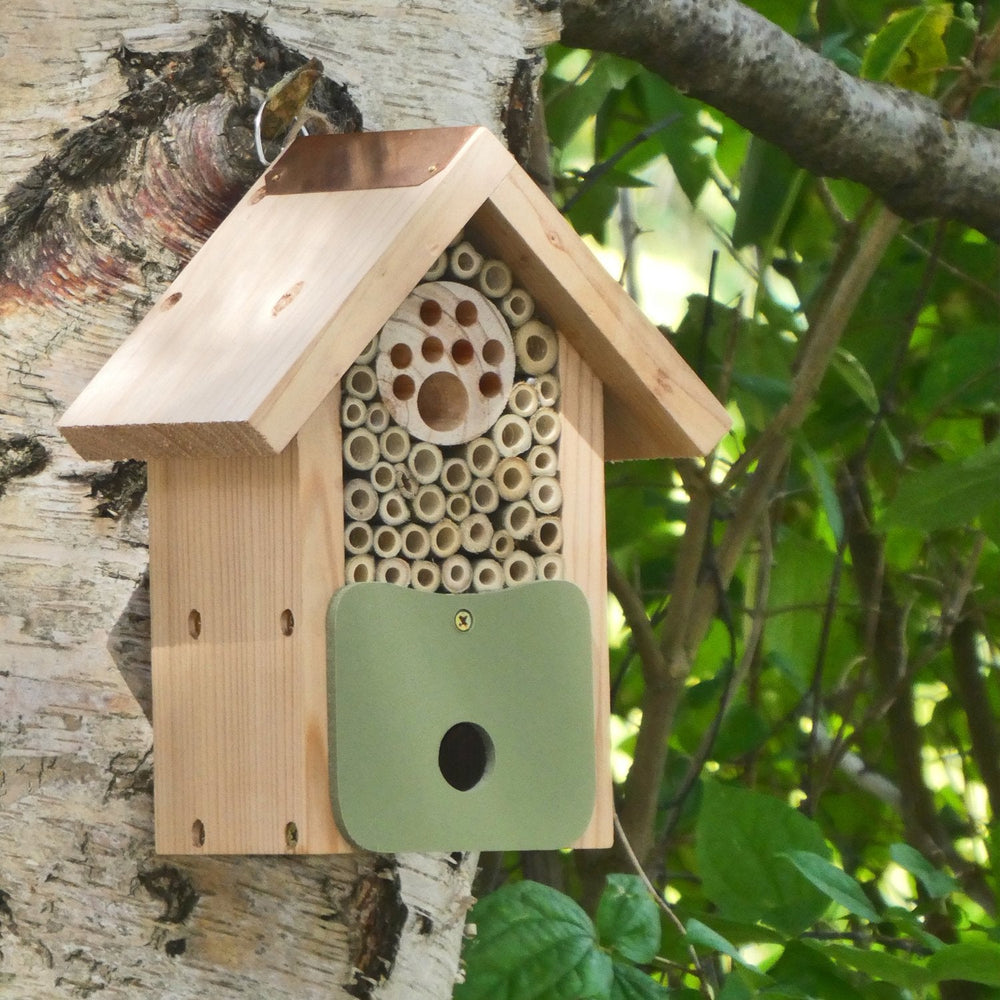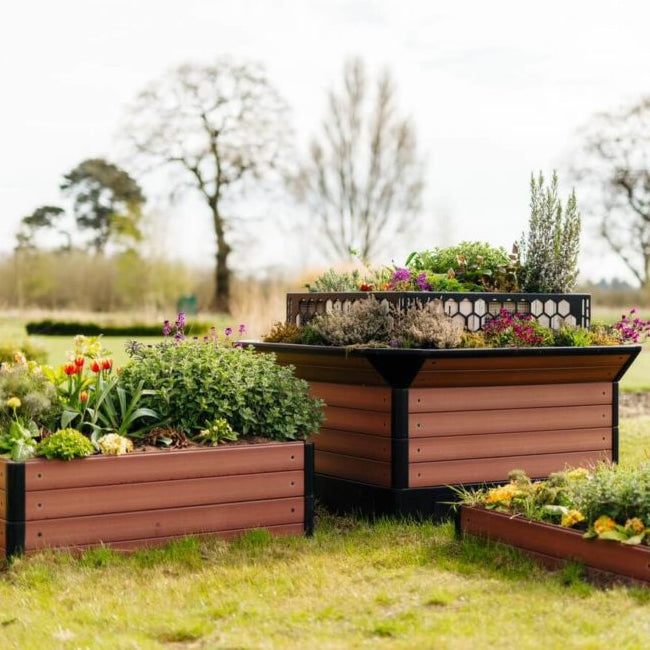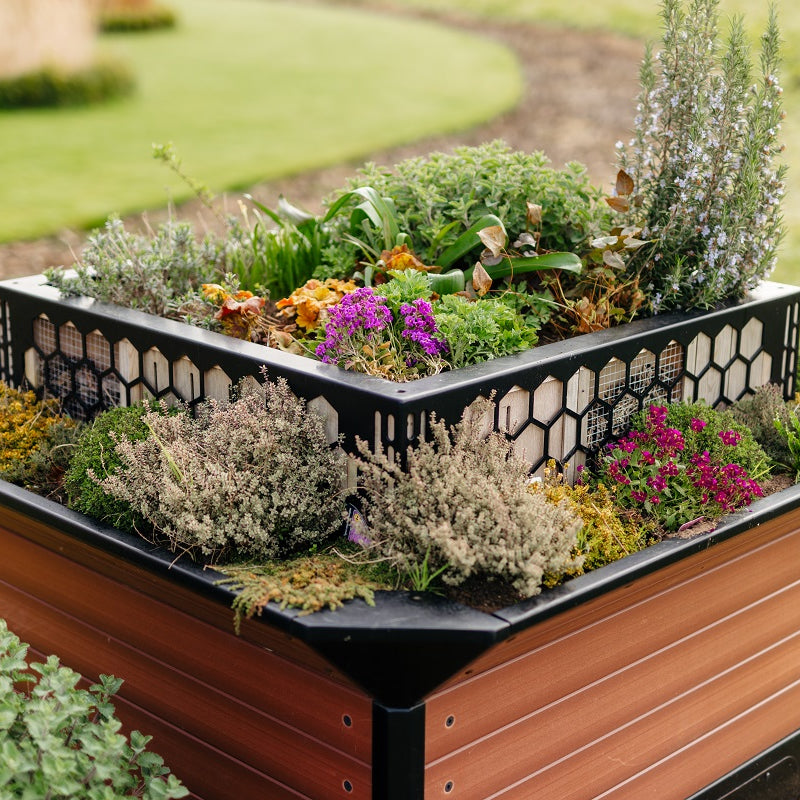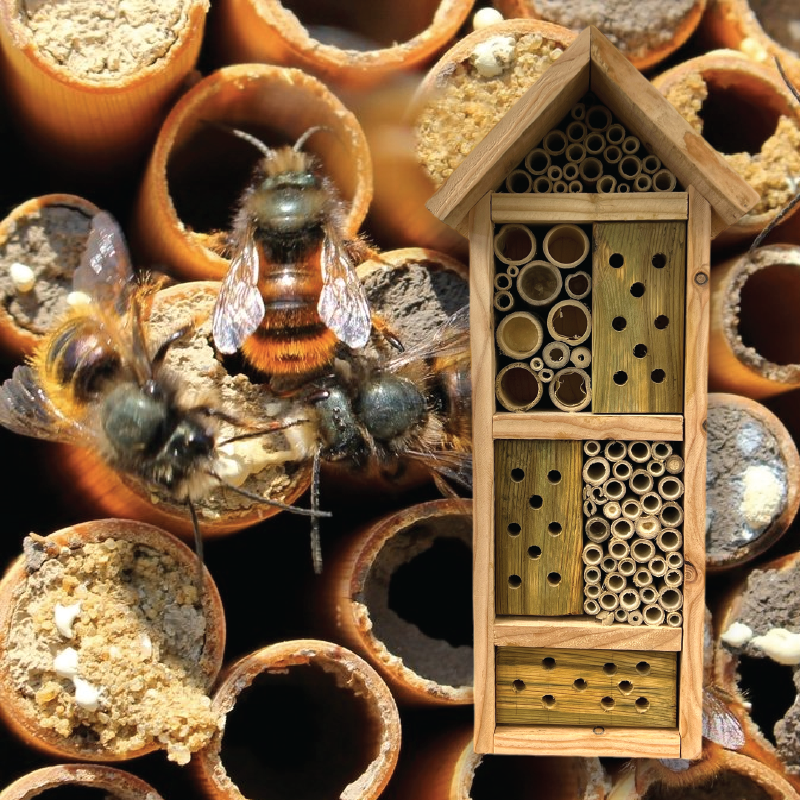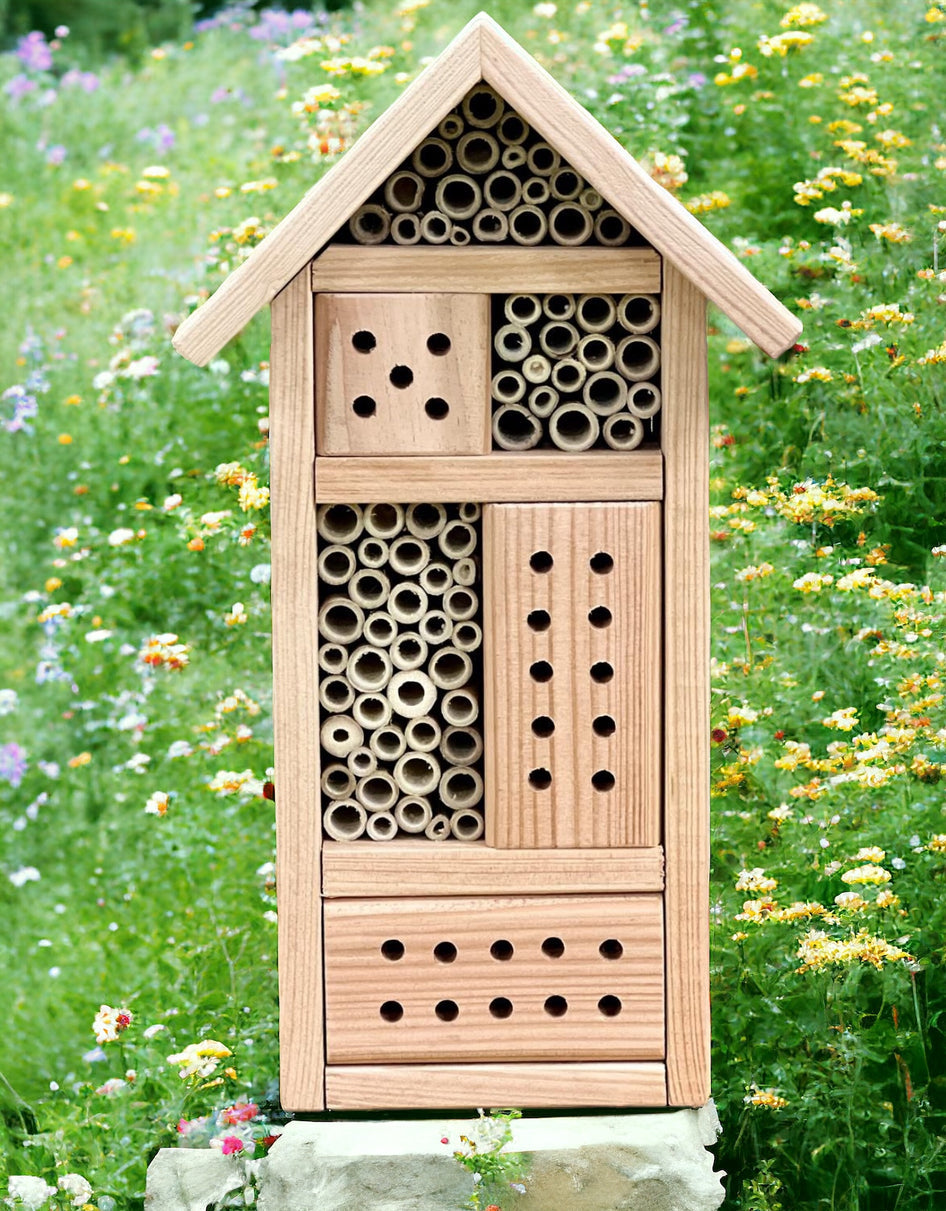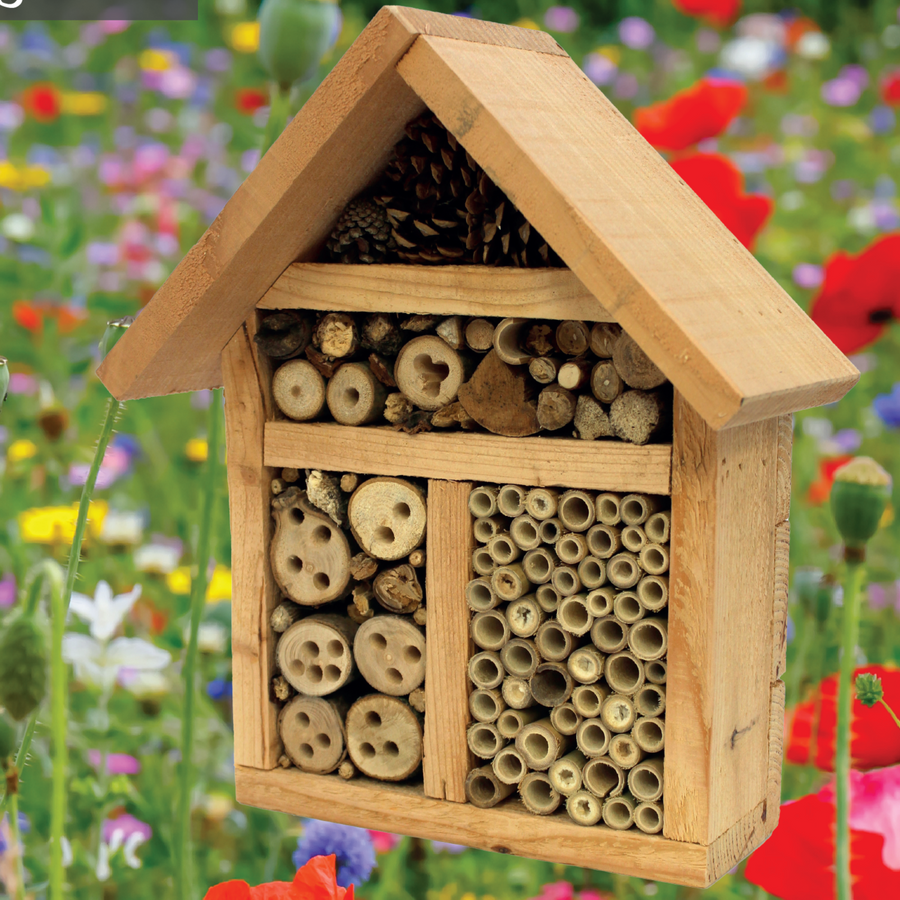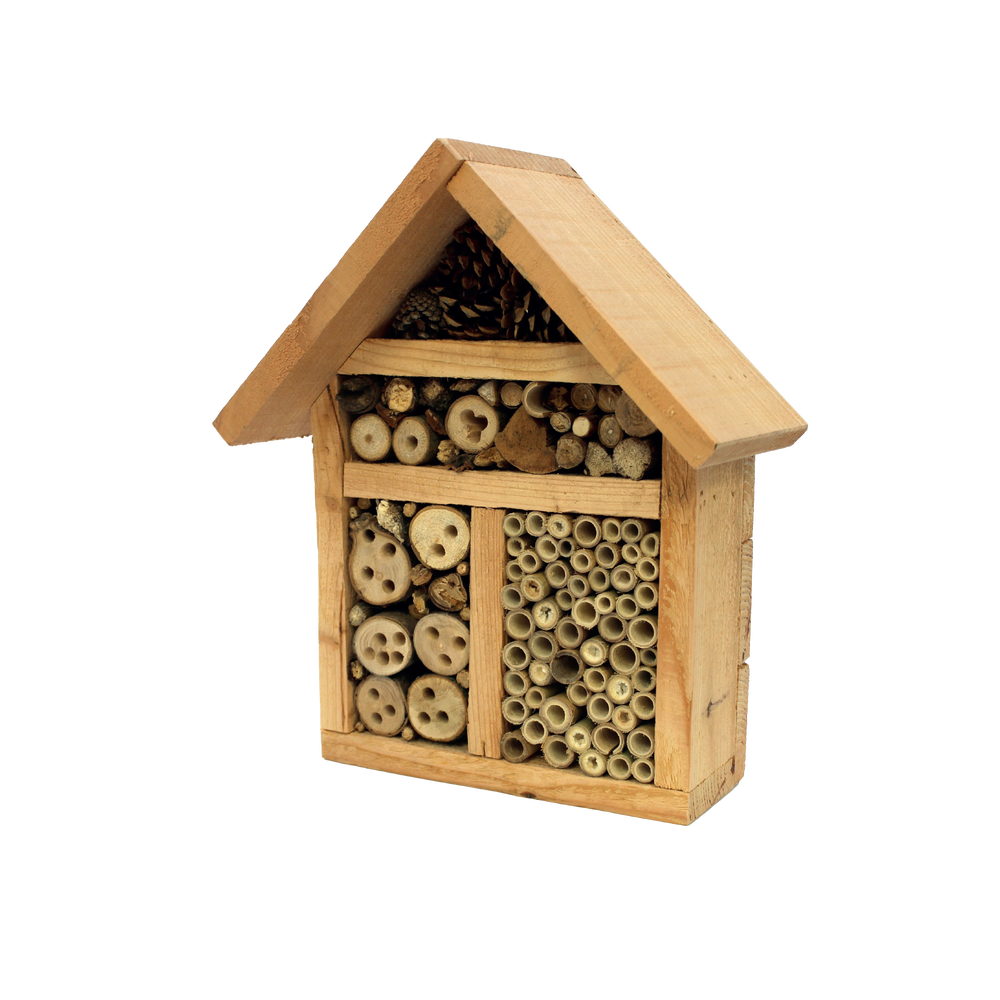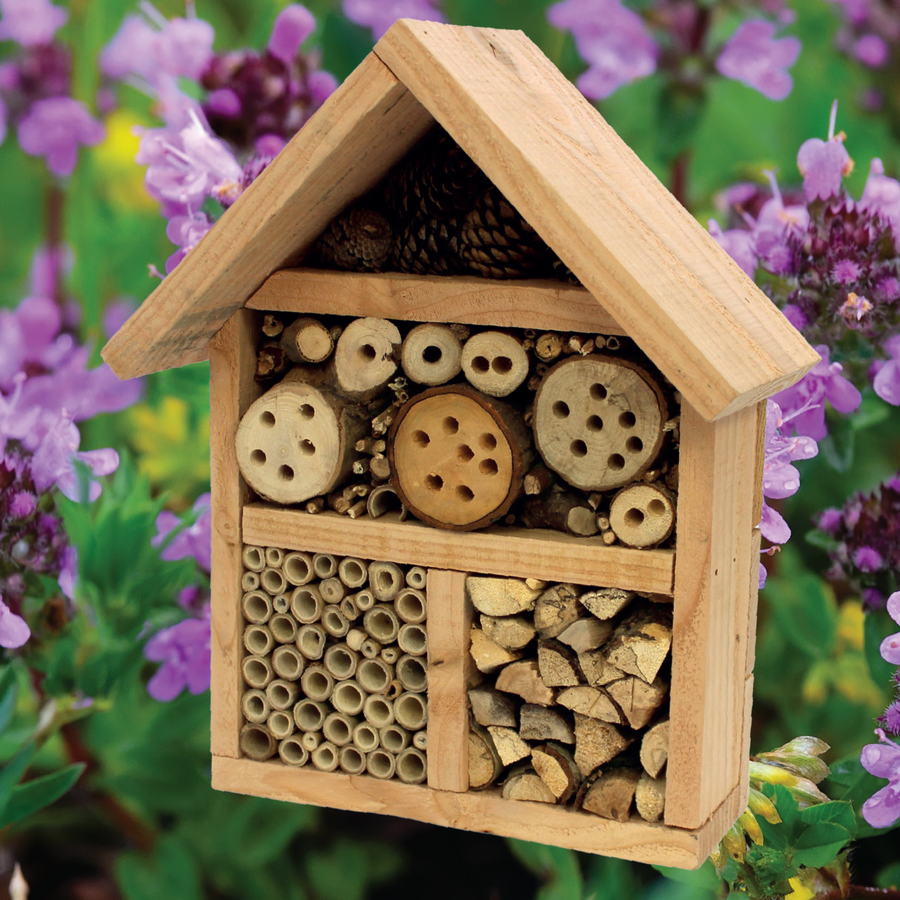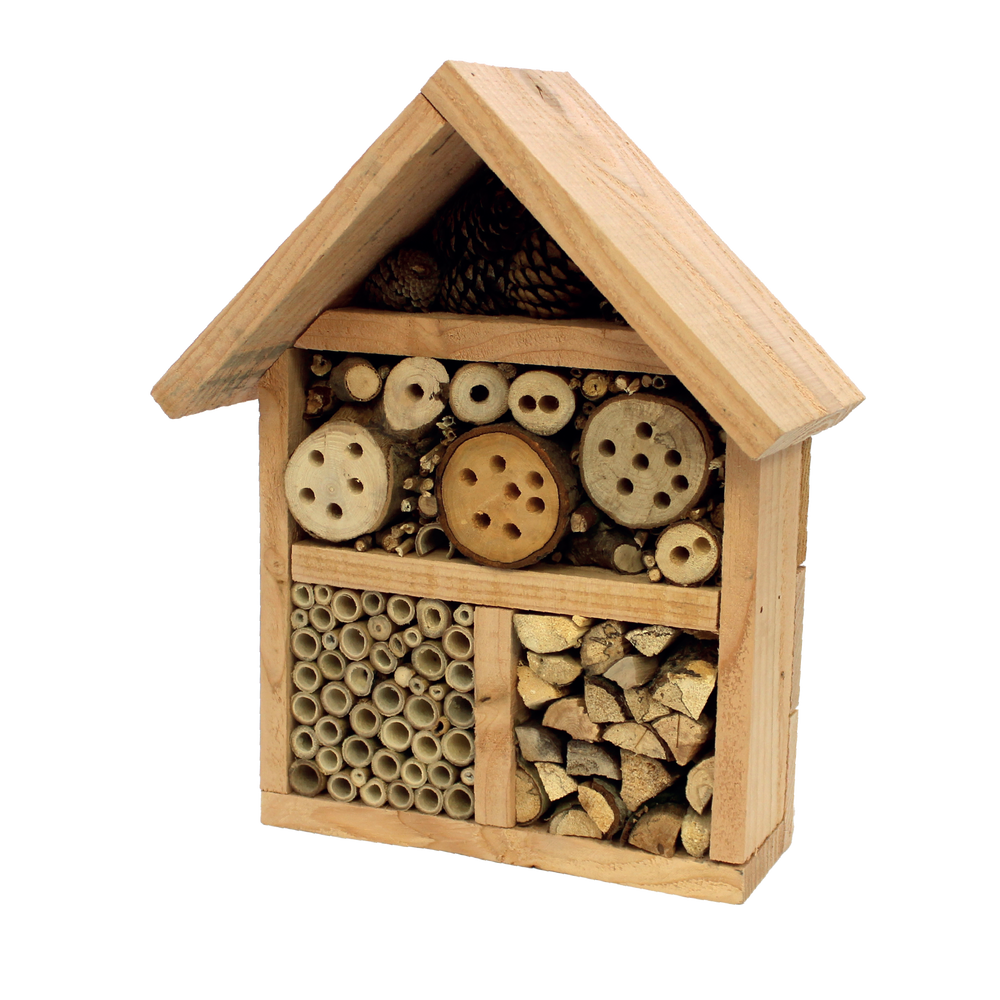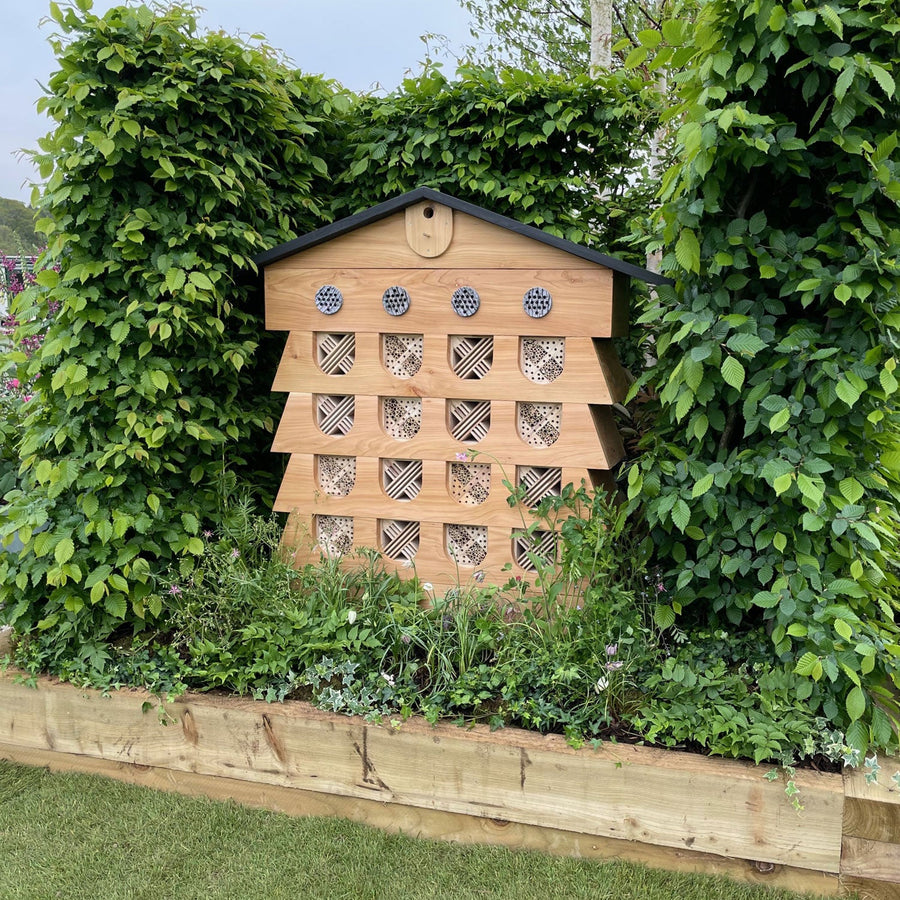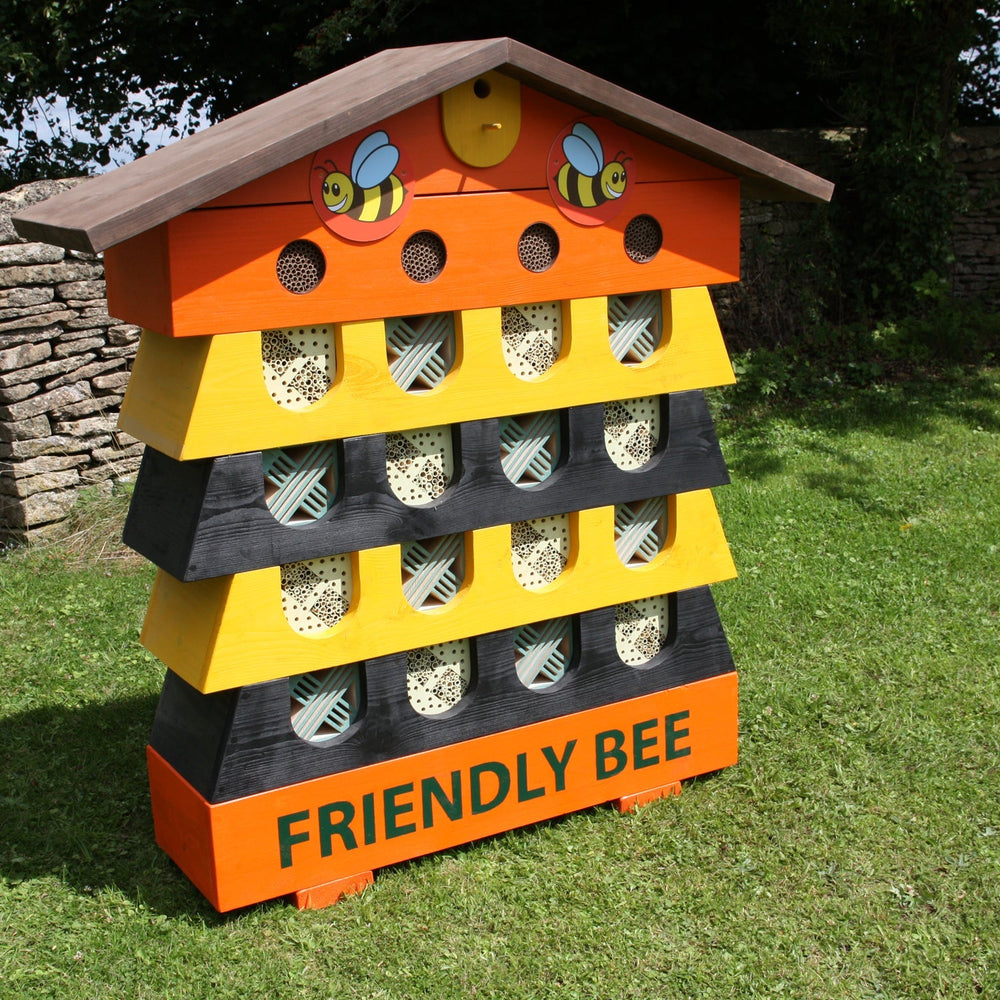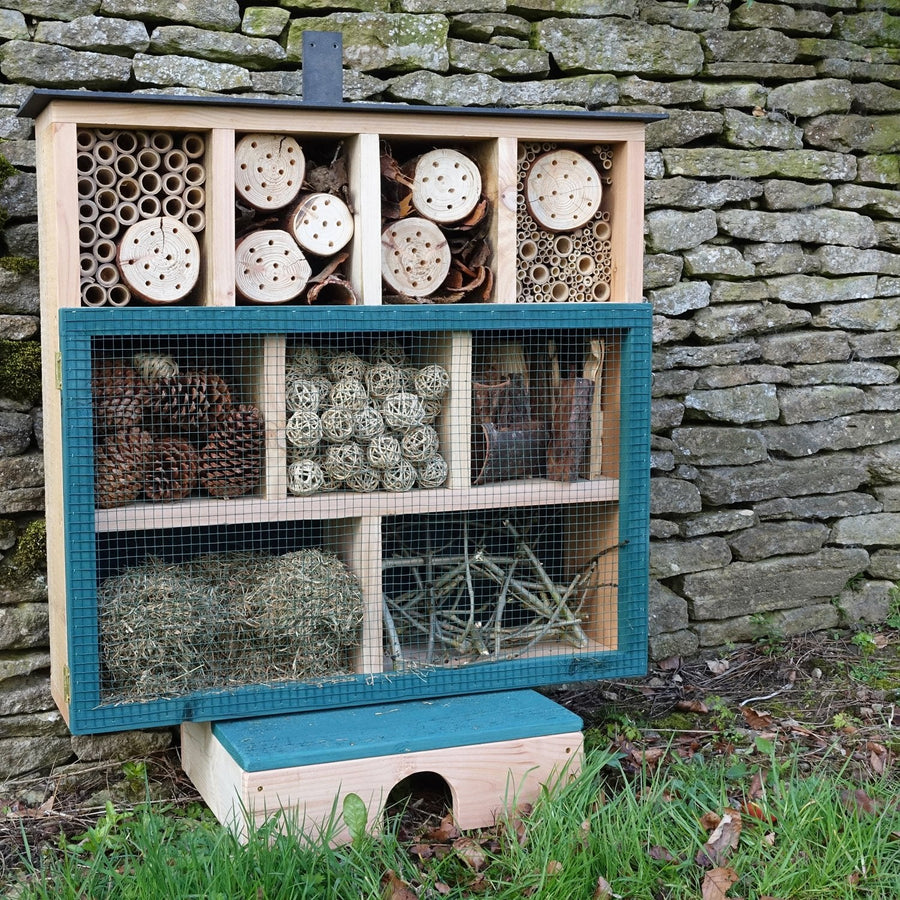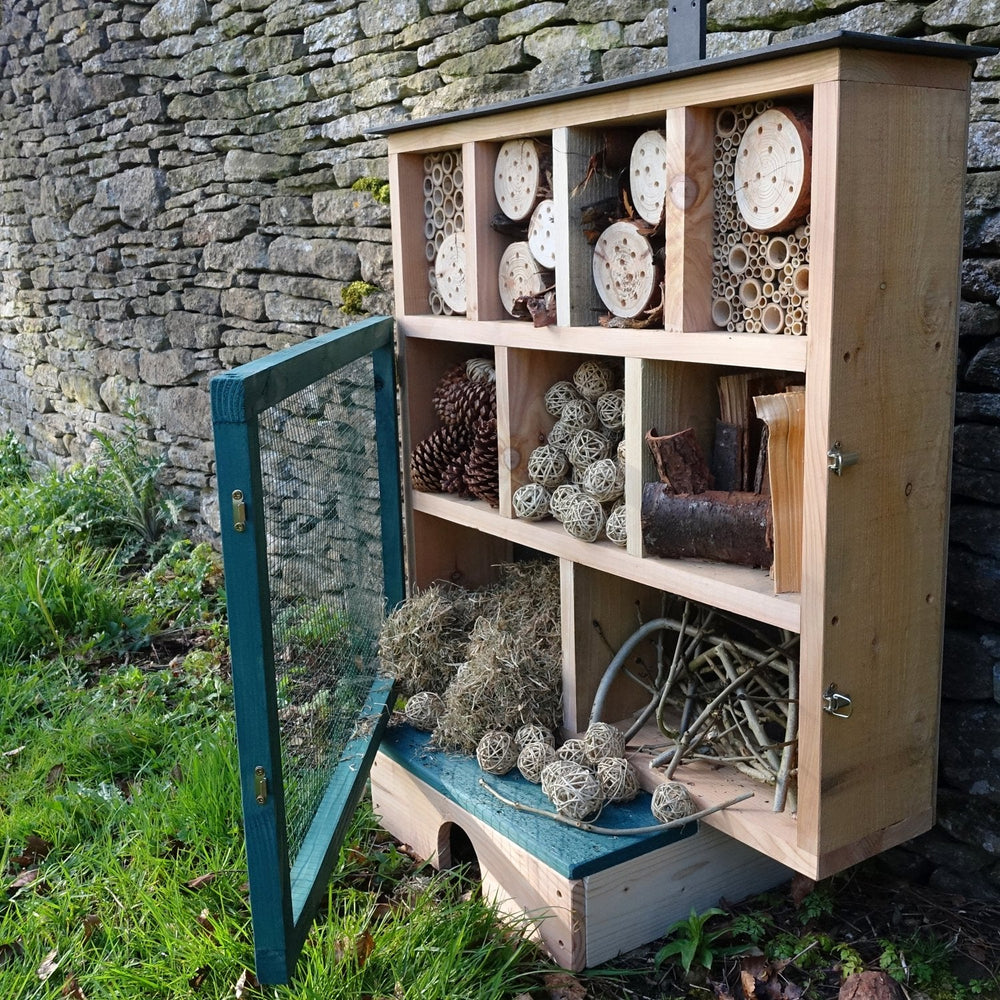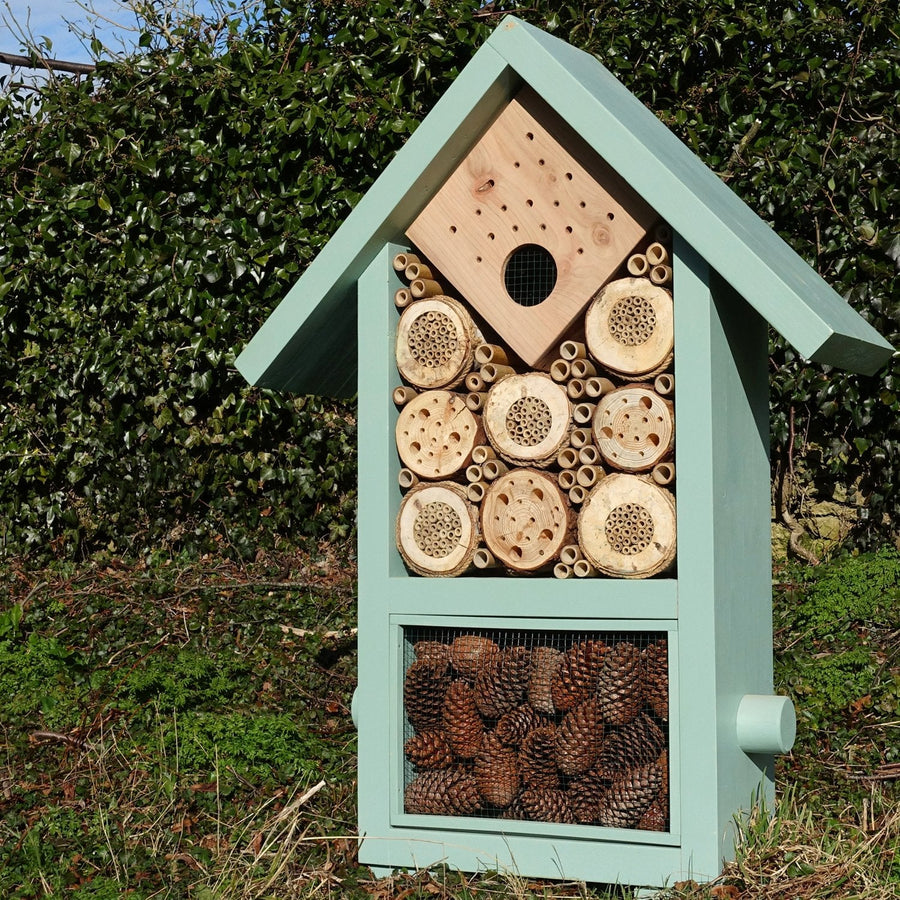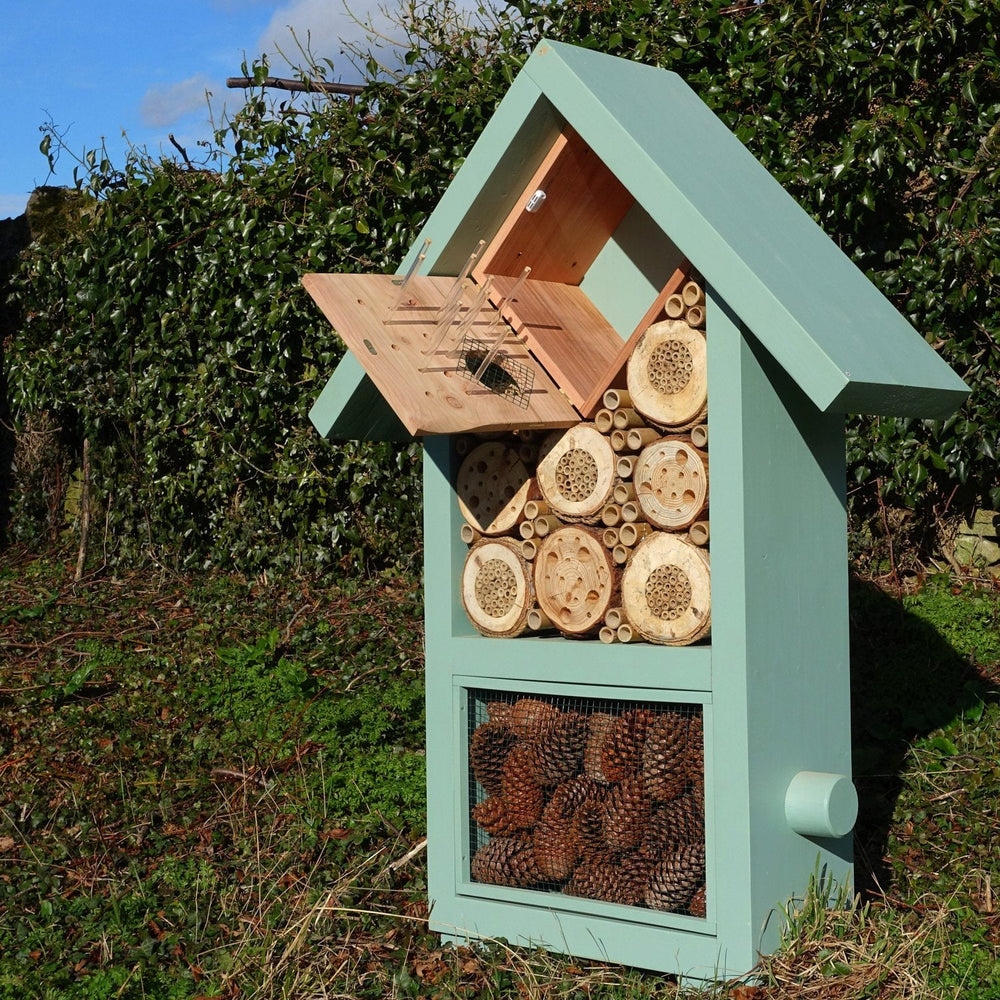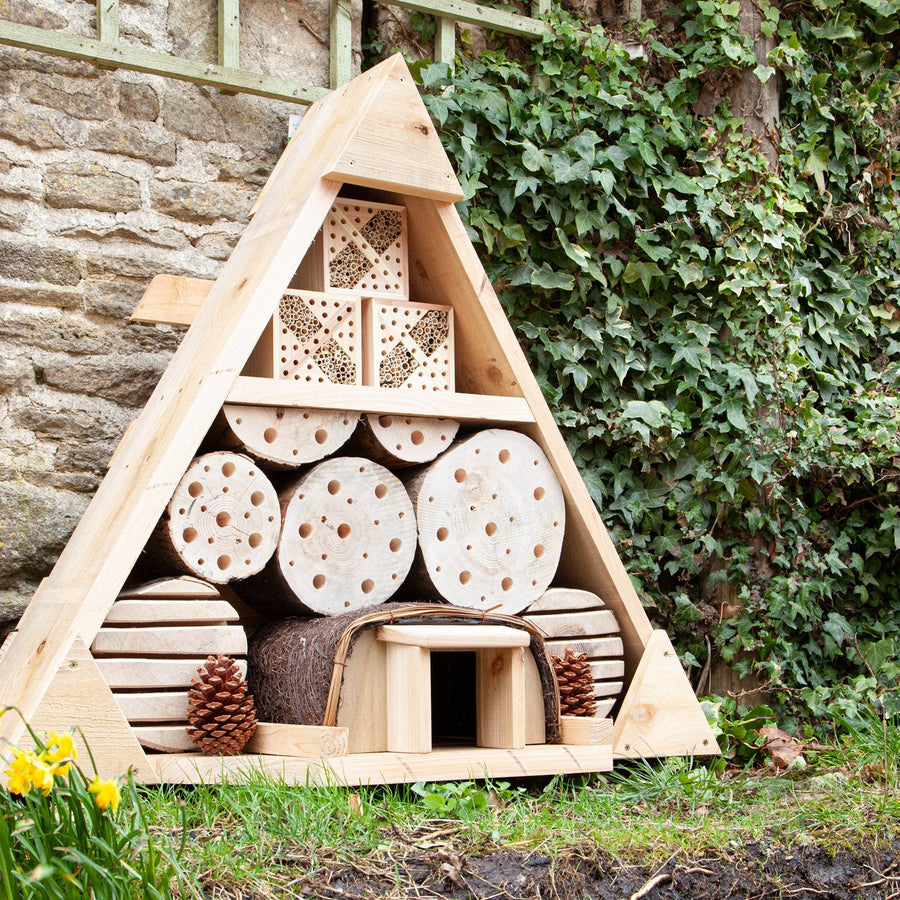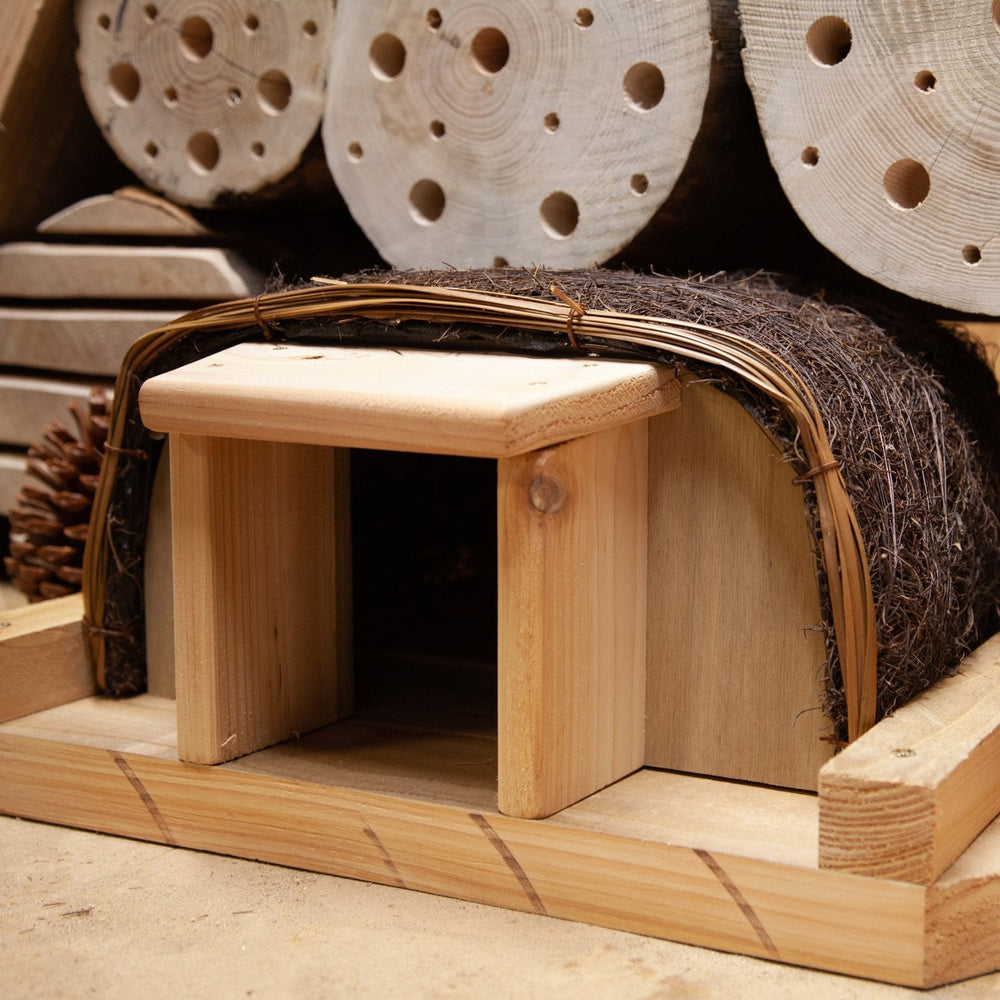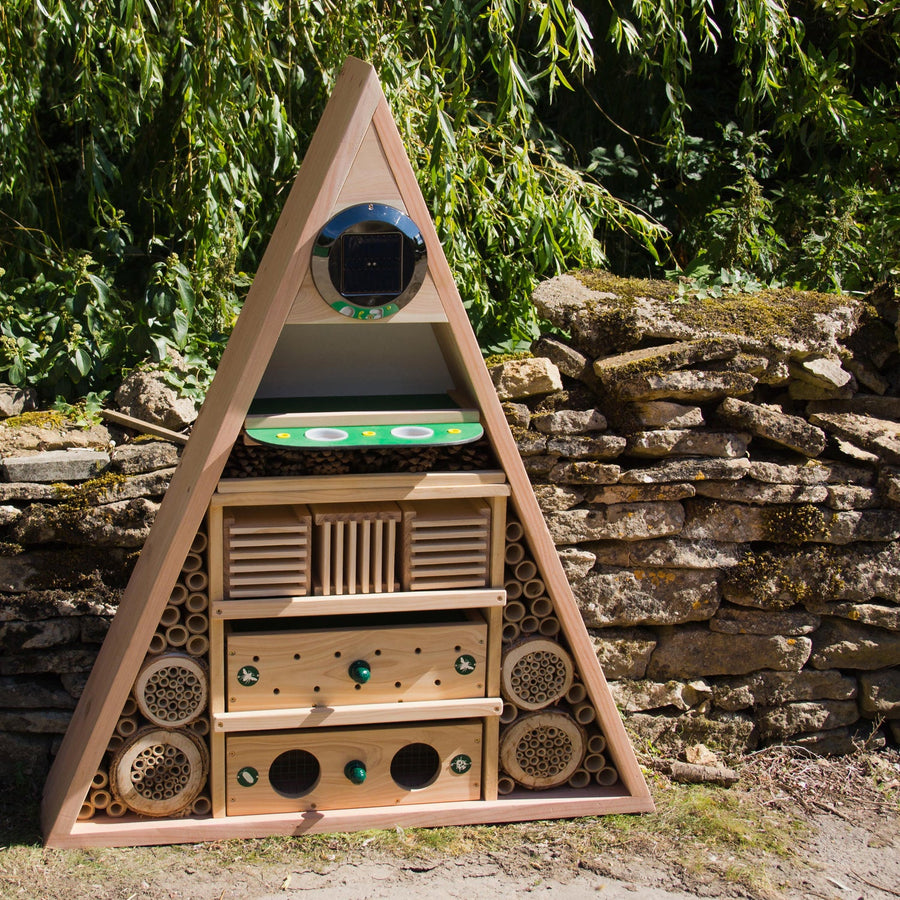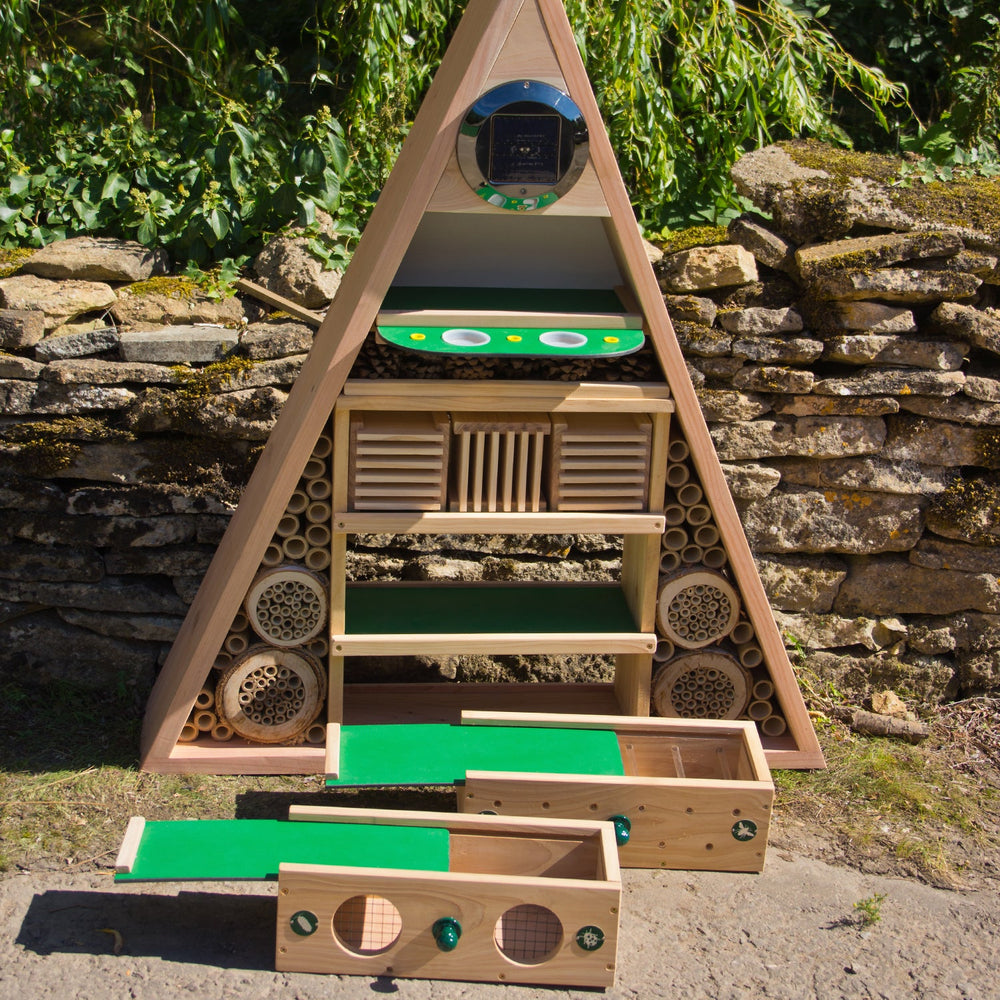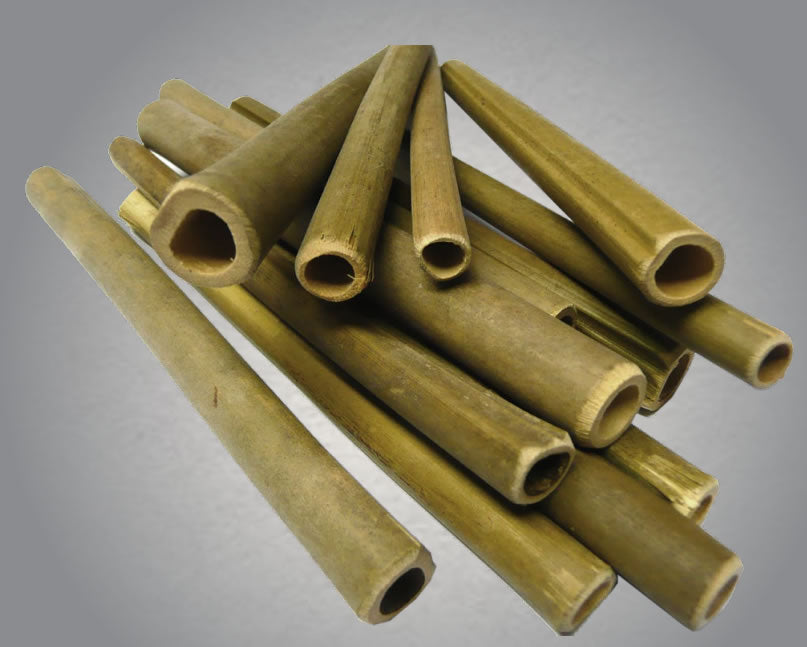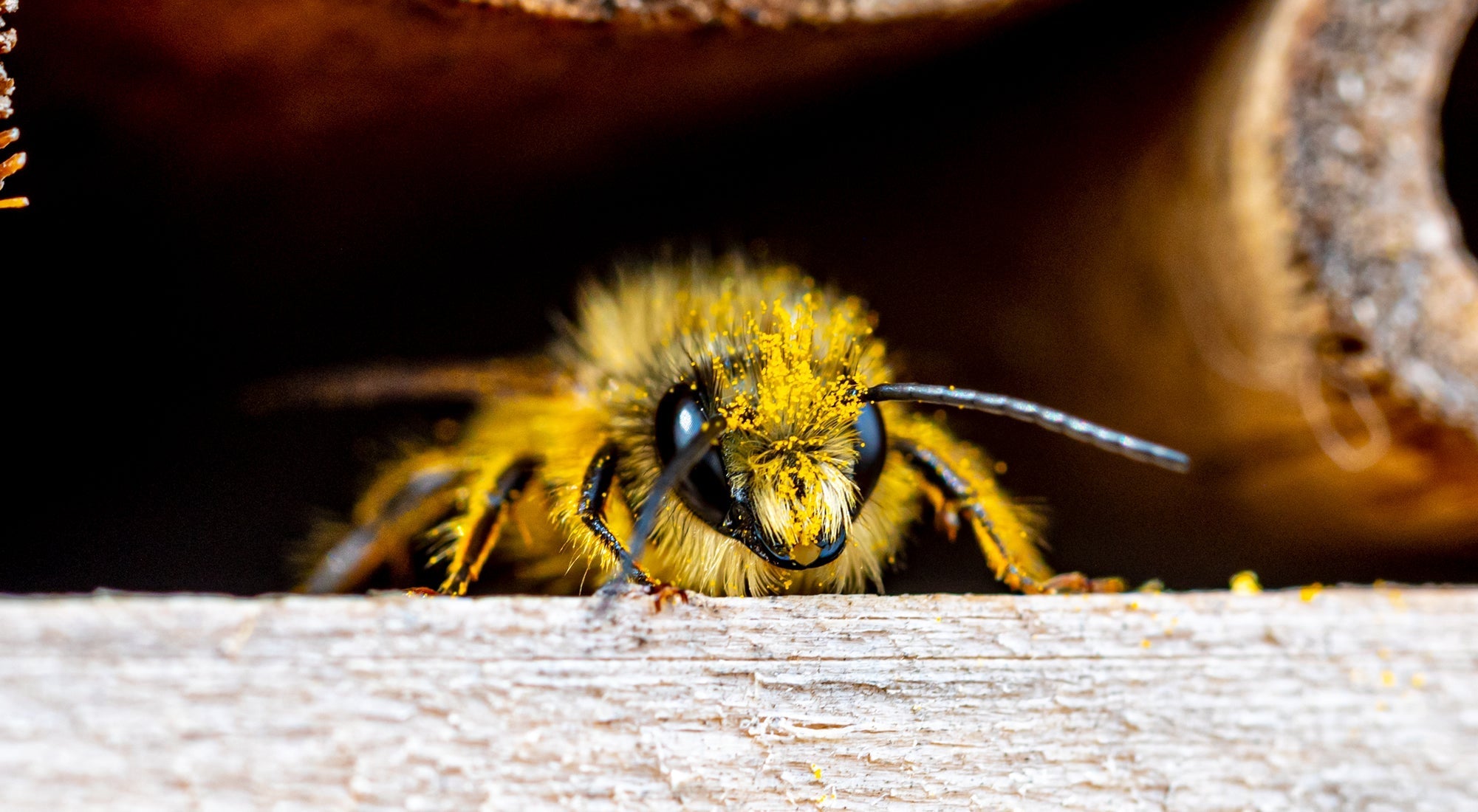
Bee Houses
Bee houses offer a safe nesting place for solitary bee species in your garden, helping protect them from predators and harsh weather. In the UK, many bees are under threat, yet they remain important pollinators for our crops and wild flowers. Supporting a range of species by planting nectar-rich blooms and providing places to nest can make a real difference.
The Buzz about Bee Houses
Bee houses, sometimes called bee hotels, are specially designed structures that offer a perfect home for the solitary bees buzzing in your garden. Unlike honey bees or bumblebees, solitary bees (or cavity nesting solitary bees) do not live in colonies. Instead, they seek out small holes in wood, bamboo, or hollow stems to create their nests. By using a bee house, you provide these essential pollinators with a warm, safe place to rest, lay eggs, and shelter from the elements.
Benefits of Attracting Bees
- Boost pollination in your garden: Solitary bees are important pollinators that help improve the yield and quality of your fruit, veg, and flowers.
- Support local ecosystems: Providing a safe nesting place like a bee house encourages biodiversity and strengthens the natural balance in your garden.
- Welcome gentle garden visitors: Solitary species like the red mason bee are non-aggressive and rarely sting - ideal for family-friendly spaces.
- Encourage learning and curiosity: Watching bees nest is a brilliant way for children and adults to connect with nature and discover the vital role pollinators play.
- Make a lasting difference with minimal effort: Simply adding a bee hotel can turn your garden into a haven for wildlife, helping bees thrive across the UK.
Types of Bee Houses
Bee hotels and houses come in a wide range of shapes, sizes, and materials to suit different species of solitary bees. Some are crafted from natural wood, bamboo, or straw, while others use recycled materials. The key feature of any bee hotel is the variety of holes or tubes, each with different diameters to attract a range of bee species. For example, mason bees are drawn to tubes about 8mm wide, while leafcutter bees prefer slightly smaller holes. By offering a selection of tube sizes and materials, you can attract many solitary bees to your garden, supporting both common and less familiar species.
Why Choose Garden Wildlife Bee Houses
- Crafted from sustainable materials: Each solitary bee house is made using responsibly sourced cedar and natural bamboo - perfect for nesting solitary bees and kind to the planet.
- Thoughtfully designed for wild bees: Some of our bee houses take inspiration from the hexagonal structure of natural hives, while others feature honeycomb-style designs or multifunctional habitats for a variety of garden wildlife. Each one offers genuine shelter for many species and adds a beautiful touch to any outdoor space.
- Encourages gentle garden visitors: Designed specifically for non-swarming bees such as Red Mason and Leafcutter Bees, friendly, cold-blooded pollinators that are safe around pets and children.
- Built for successful nesting: The nesting tubes and drilled holes are tailored to support bee cocoons through winter, helping ensure bees emerge healthy and strong come spring.
- Provides shelter from predators: A small overhang offers protection from rain and other predators such as birds or parasitic wasps, giving bee larvae the best chance to thrive.
Frequently Asked Questions
Can other insects seek shelter in the bee houses?
Yes, while they’re designed for solitary bees, other harmless garden insects may occasionally use them too. We also have a range of bug hotels and butterfly houses to turn your garden into a thriving and beautiful haven.
Will having a bee hotel increase the amount of pollen in my garden?
Not directly, but bees visiting your flowers will help improve pollination, which encourages more blooms.
When do bees start using the house?
Most solitary bees begin nesting in spring when temperatures rise and flowers are in bloom.
Where should I place my bee house?
Mount it at chest height in a sunny, sheltered spot, facing south or southeast for warmth and morning sun.
How do I clean or maintain my bee house?
Replace nesting tubes each season or clean removable parts in early autumn to prevent disease build-up.


